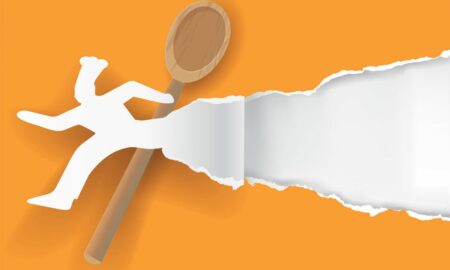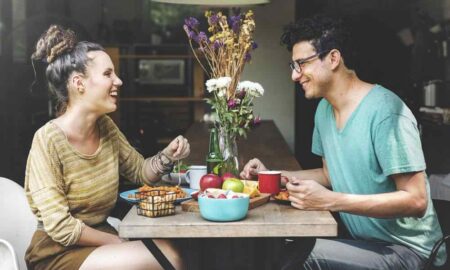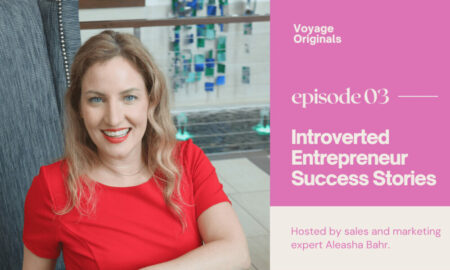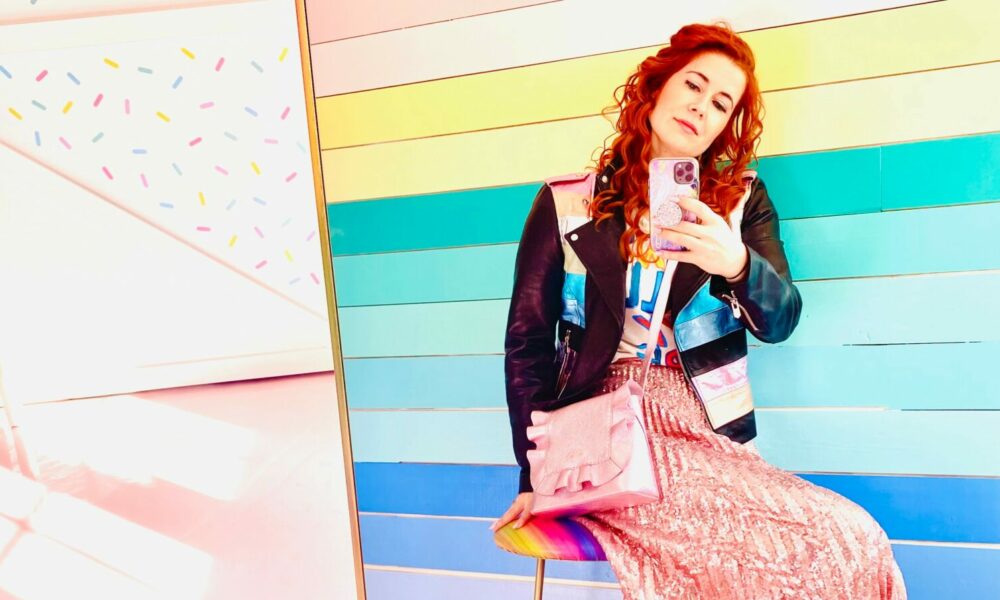

Today we’d like to introduce you to Rebecca LaRocco.
Alright, so thank you so much for sharing your story and insight with our readers. To kick things off, can you tell us a bit about how you got started?
Process Art Kids ultimately began because my motto in life is, “Create what you want to see in the world.”
Art has always been a vital part of my life. So, I think it was only natural that I fell easily into creating age-appropriate art play experiences for my own children.
My background is rich in the arts. I studied art at Rhode Island School of Design, finishing up my BFA as a sculpture major at SMU. Right after getting married, we moved from Dallas to Houston where I got my Master’s of Arts in Teaching, with a focus on early childhood, at the University of St. Thomas in Houston.
It was here that I did my research project on process art, outdoor classrooms, and the concept of a forest school and its nature-driven pedagogy. This project was not only an early introduction into the wonderful world of process and sensory-driven art for me, but it also helped to codify my own beliefs about children, nature-rich play, and their early artistic experiences.
Following my master’s, I did a brief stint at a play-based preschool in the Houston area which utilized a lot of process art techniques on their playground. Being a classroom teacher, however, was never really my goal. I wanted to work with children in a more creative capacity, I just wasn’t sure, at the time, as to how. So, when I became pregnant with my first child, I decided to be the primary caretaker and stay home with him.
When I had my own children though, something happened, my own creativity sparked to life and awakened in new and exciting ways. I had a very creative childhood myself. My mother was a veritable Martha Stewart, infusing our lives with her own unique, creative flourishes. To add to that, my preschool experience at The Lamplighter School had a big influence on me as a creative person. Lamplighter celebrates creativity in all that they do and in all the ways in which they teach children. It was a school environment that really furthered the magic of childhood for me. Lamplighter is one of those truly singular schools. They provide children with hands-on creative projects like raising chickens, building and flooding the Nile River, and doing art projects like papier mache face masks and weavings done at their enormous loom. I got to experience the kind of art projects and inquiry-based projects that I wish all schools offered, and at a very early age at that. These creatively encouraging experiences greatly influenced how I wanted to raise my own children and what kinds of experiences I wanted to provide them with.
So, my journey into starting Process Art Kids, or PAK, all began when I started hosting process art play dates through the local moms’ group I joined, The Mothers of the Woodlands. Shortly after starting our family, we moved just outside of Houston to the Woodlands. I was new to the area and wanted to meet other moms with small children. I was already doing these art experiences with my own son, who was two at the time, my daughter was but a baby. So, in a desire to connect with the community and meet other like-minded moms, I decided to offer a process art play date, providing the same open-ended invitation to art play experiences I had been doing with my own children. I set the limit to 20 kids. People could register via the MOTW online registration system for the process art play date, which was free at the time. I remember that the first one filled up within minutes of my announcing it to the moms’ Facebook group.
The process art play dates were an instant success and became so popular that I began doing the playdates at least once a month, creating themes based on the seasons, popular kids’ interests, like dinosaurs, or art techniques I wanted to see explored like action art or texture painting. Each time I listed as the play date event, it would be booked within mere minutes. Then an amazing thing happened. Countless moms began personally messaging me asking how they could get into one of my play date events since they were always full. I started a waitlist which was always about ten people long. I remember telling my husband one night, “You know, I think this might actually BE something. These play dates seem to really resonate with people and there’s such a need for these types of experiences for children.”
No one else was offering this type of experience and there was clearly a real need, so I thought “Well, why not me? Why not create what I want to see in the world?” Which of course was more art experiences for children and more open-ended play outdoors.
The play dates brought so much fulfillment to my life, but I reached a point where I couldn’t continue to offer them with any regularity for free. So, just like that Process Art Kids was born.
I taught myself how to create a website and online registration system. I was terrified about going from free play dates via a mom’s group to a paid event offered to the public. Would anyone sign up? Would they agree that the experience was worth the price? But sure enough, from day one, the events sold out. Plus, I’d have a wait list of 5-10 people long for each one. So, it is thus that Process Arts Kids came about.
The brand built and nourished a community of moms and parents who recognized the benefits of what PAK was offering. I met so many wonderful people through the process and made some amazing friends. I’m so glad I took the leap and went for it!
Can you talk to us a bit about the challenges and lessons you’ve learned along the way? Looking back would you say it’s been easy or smooth in retrospect?
Early on the biggest challenge for me was doing or teaching myself to do EVERYTHING. I was basically a one-man show.
I did have a wonderful helper, a fellow mom who found and reached out to me before I even did my first event. She wanted to be involved. So, she became my right-hand woman from PAK’s inception. She was an invaluable helper to me on event days.
But the back-end stuff was all me. Creating the events, for example, the actual curriculum plans, and acquiring all of the required materials for event day. But also managing registrations and cancelations, my online social media content, and following and all inquiries and marketing or PR efforts.
Doing it all comes with the side effect of being absolutely exhausting. Especially when you’re trying to figure out things that don’t come naturally to you, which for me was the financials and tech stuff like how to embed an online waiver into my website. As a creative, that was the hardest part for me. I’m an idea person and while I wanted to focus on the ideas, their execution, and promotion I had no choice but to do it all, right down to managing all online questions via social media and things like cancellations and refunds, etc. Plus, I had two young children, not yet in full-time school, so childcare was a real challenge for me and had a major impact on things from a cost-effectiveness standpoint.
But all in all, things ran rather smoothly, and I reached a point where people were clamoring for more events, regular events, like a class series, and even birthday parties and summer camps. But here I was conducting it all out of my own backyard, and from that perspective, I could only reasonably offer one event per week. So, I was at the point where I needed to go all in and expand, maybe open an art studio.
But as a mom and primary caretaker, this was a complicated choice for me. Did I want to go all in? It would mean no longer being home with my kids’ age two and four months, at the time. Being a small business owner and entrepreneur is an incredible time commitment in general but especially at the get-go. It felt like PAK and its immediate success had all fallen in my lap in a way, and timing is everything. So, to pull back would mean losing my momentum but to go all in would mean a major lifestyle change for me and my entire family. So, it was a tough place to be, I had a big choice in front of me. As a woman and primary caretaker, this choice was all the more difficult. I was faced with that question which every woman asks herself at some point in her life “Can I do it all?”
But then Covid happened and so the choice was essentially made for me. PAK came to a premature end. It was heartbreaking, really, to have worked so hard and built such local brand recognition just to have all of it come to a screeching and premature halt by external forces outside of my own control.
I thought about doing art kits, even began piloting some, but the market was already saturated and, in the end, that’s just not what PAK was ever about. So much of what we did tied into the forest school mentality of creative investigations in a free and exploratory outdoor environment, you can’t really box and deliver that. Plus, I liked being in the thick of things, I loved the thrill of watching kids in action. Children are full of creativity and that creativity is contagious. I loved seeing the children’s responses to the explorations I’d set for them. It would then give rise to new inspirations and feed me a constant stream of ideas as to future events I wanted to plan. Our motto “You see mess, we see magic. Come enjoy the fun and leave the mess to us!” Was so vital to a free and exploratory creative experience you can’t really provide that in a take-home kit.
So, while PAK was on pause. I began writing a book, biding my time until Covid subsided. I’m a horse of many colors, a woman of many interests, and writing a book is something I’ve always wanted to do. I’ve always been a writer and an artist. Yet this writing was entirely unrelated to PAK and art. Then, without warning my website was lost to cyberspace. The credit card associated with it wasn’t updated. I’m not sure how that oversight happened but suffice to say that everything I’d created, everything I’d worked so hard to build was gone practically overnight. The website I’d labored to build and imbed an online registration system and waiver system into was just gone. POOF! It felt like the universe was trying to tell me something. Like maybe it was trying say, “Hey, now is just not the time for PAK, write the book! PAK will have its moment again someday.
So, I did just that. In the meantime, we’ve moved back to Dallas. I’ve continued to maintain my PAK social media following. @processartkids on both Instagram and Facebook and it has now evolved into almost a lifestyle brand as well. Currently, I’m chronicling the finish out of our Dallas home’s converted garage into a colorific art studios and creative haven with Barbie pink epoxy floors and a 21-color rainbow shiplap wall.
It’s funny how the world works. Maybe Dallas was just the right place to start PAK as an independent art studio all along. Even if I had begun PAK as a bricks-and-mortar business in the Woodlands, if it had done well, I always knew, in the back of my mind, that one day, I had the desire to expand to the Dallas area. Dallas is my hometown after all and my Dallas community would respond really well to such a concept as PAK, I think. My goal was always to give something to the community by creating what I wanted to see in the world. The Woodlands community really responded to that, and I think that Dallas would too.
I think the biggest challenge is that you never know what life may throw at you. Even though it felt like walking away, I knew that when I decided to write the book, I wasn’t really walking away from PAK for good, I was just utilizing the external pause placed upon the business to pursue other interests.
Now? Well, the book’s done and currently being edited, which is rather time-consuming, in and of itself, this editing process. But I see the light at the end of the tunnel for PAK. I’m excited for what the next chapter may hold for it. I hope that it can rise like a Phoenix from the ashes and once again provide children with the same magical art and sensory play experiences as it once did.
Life is going to throw you lemons. Sometimes your just gotta roll with it and find a way to make your own unique brand of lemonade. Covid didn’t mark the end for PAK, it was simply an opportunity for a new beginning.
Thanks for sharing that. So, maybe next you can tell us a bit more about your business?
Process Art Kids provides process-based art and sensory play experiences for young children.
We drawn influence from forest schools and are very nature driven, conducting all classes in an outdoor classroom environment. Our model of instruction is setting up invitations to art play which children then explore at their own pace and in their own way. There are no instructions because there is no right or wrong way to approach a play project. We act as guides, not teachers, allowing children to direct their own play. Every child is an artist, and we encourage their own unique forms of creative exploration and expression.
This is a very different approach to early childhood art. So much of art for young children, you see, is craft-based, which really has to be done mostly by an adult because all of the cutting, gluing, and various steps require greater fine motion skills than most preschool-age children possess. Craft-based projects are also very structured. They work off of a set model of what the finished product is supposed to look like. Too often, children get very hung up on their project looking exactly like the example one both in color and form. That’s why I love process art. Children crave unstructured, open-ended play, and process art fulfills that need.
How often are children given space to be messy and truly explore on their own terms?
In process art, there are no rules, no expected outcomes, no right or wrong way, the only limit is a child’s own imagination. It’s very liberating for children to be given such artistic freedom, autonomy, and creative license. It comes very naturally to them as well, this process art method. As such, I’d argue that it’s more developmentally appropriate. If you watch a child at work, they marvel over the feel of the paint, the way the colors mix. They don’t stop at that point at which you or I might, that point at which an adult would say, “Done it looks nice.” No, a child will keep mixing the paint, past the point of “pretty” until it becomes a muddy mess, until the paper is torn until they can go no further. Why? Because quite naturally, children care about the experience of art play, the process, more than the finished product.
They ask and put into practice, “What can paint do?” They want to play with it, to explore it in every which way that they can be explored, and PAK allows that. We splatter the paint, use a fly swatter to smack it, or a toilet plunger to slam it. So much of art making at PAK is physical and what we might call action art, which suits children very well. Children love to paint in a way that is very physical and uses their whole body. Children have no true mind for finished outcomes, you see, or what a parent might tape the fridge later. They are natural explorers of art, driven by their own curiosities to inquire. It’s all about the journey for them. That’s why process art is so unique and so well-suited for them, it gives children an experience unlike any other.
From the get-go, I referred to our offerings not as “classes” but as “events.” That word choice was entirely intentional. We called them “events” because our model is more of a teacher as a “guide” or “helper.” The events themselves are set up as a series of art centers or invitations to play that the children can then engage in at their own pace and in their own way. So, we were not traditional “teachers” in that sense, we shadow, we replenish supplies, and offer ideas to help scaffold a child’s desire to reach their own goals within the context of their play. Instead of saying, “You can’t do that! Don’t stand in the water bead table.” We recognize the underlying desire, and ask instead, “How can we safely make that happen?” Then we fill a kiddie pool with water beads so that the children can fulfill their desire to squish the fat water beads between their toes. So often we tell young children “No, don’t do that.” But at PAK we look to the underlying need or desire of the child and instead of saying no, we ask instead, “How can we make that happen?”
I think PAK as a brand which, via social media has really evolved into somewhat of a lifestyle brand as well, is ultimately a call to have fun, to live a creative and colorful life, to color outside the lines, to not be afraid to try something new, explore, or take chances. Most of all it’s the declaration that there is no right or wrong way to make art, so be your authentic self in the creative process.
Every child is an artist and so, with PAK I’m really creating a space for that to happen.
Process Art Kids provides the freedom of creative expression with as little manipulation as to process or method as possible. I find that it’s almost a re-education of both parents and children. Parents are often apprehensive that their child will do something wrong or something that is not aloud, they worry that kids can’t mix the paint colors for example. So, we have to assure them that within THIS environment, these kinds of explorations are not only welcome but encouraged. Likewise, it takes children a while to see that the walls of permissibility have come down. It’s like opening a gate to a wide-open field and then telling them to run. Sometimes they hesitate at the threshold of that gate, looking apprehensively towards me or their parents, their eyes ask, “You mean it’s REALLY okay to smack this paint with a fly swatter and send paint flying everywhere?” But once they get it, oh man that’s the best part, that’s my FAVORITE part. I love watching children tip-toe cautiously at the start and then there’s that glorious moment when they take off, running full speed into that field of creative freedom. It’s an open invitation to thrive, to be wild, to hear “yes” for once instead of “no.” For me that’s one of the most fulfilling aspects of what I do and what PAK provides; the sheer liberation and joy in a child’s eyes in that moment of understanding, “Yes dear child, yes it’s okay to splatter paint.” When that smack that fly swatter hard or splatter that paint, that for them is pure joy, it’s evident in the joyous gleam in their eyes and their delighted peeling laughter. That is what PAK is all about, allowing a space for that magic, that joy of exploration to unfold.
So many people I come across have never even heard of Process Art. My goal is to change that, to create magical art play experiences for children because let’s be honest, we need more magic in the world. Children need more unstructured play opportunities and certainly more time in the great outdoors. As such, all PAK events take place in an outdoor classroom format, drawing influence form a forest school approach.
While other people might see a mess, at Process Art Kids, we just see the magic. So come enjoy the magic and leave the mess to us!
PAK is currently evolving, it began as a small business operated out of my own forested backyard in the Woodlands, TX, just outside of Houston. A lot has happened since then, including Covid, so the brand has evolved. I’m excited to have just moved back to my hometown of Dallas, TX. I hope to be able to offer in-person Process Art Kids events here in Dallas in the near future… You can follow us at @Processarkids on both Instagram and Facebook to follow our journey and stay tuned for what’s to come.
Do you have recommendations for books, apps, blogs, etc.?
Play, Make, Create, A Process Art Handbook By: Meri Cherry
Art Workshop for Children By: Barbara Rucci
Wonder Art Workshop By: Sally Haughey
Action Art: Hands-on Active Art Adventures By: MaryAnn F Kohl
Steam Play Learn By: Anna Dziengel
Tinker Lab: A Hands-on Guide for Little Inventors By: Rachelle Doorley
The Artful Parent: Simple Ways to Fill Your Family’s Lie with Art and Creativity By Jean Van’t Hul
Collage Workshop for Kids By: Shannon Merenstein
Loose Parts: Inspiring Play in Young Children By: Lisa Daly
Last Child in the Woods: Saving Our Children from Nature-Deficit Disorder By: Richard Louv
Play the Forest School Way By: Jane Worroll
The Simple Guide to Forest School and Nature Pedagogy By: Jon Cree and Marina Robb:
Contact Info:
- Instagram: https://www.instagram.com/processartkids/?hl=en
- Facebook: https://www.facebook.com/ProcessArtKids/
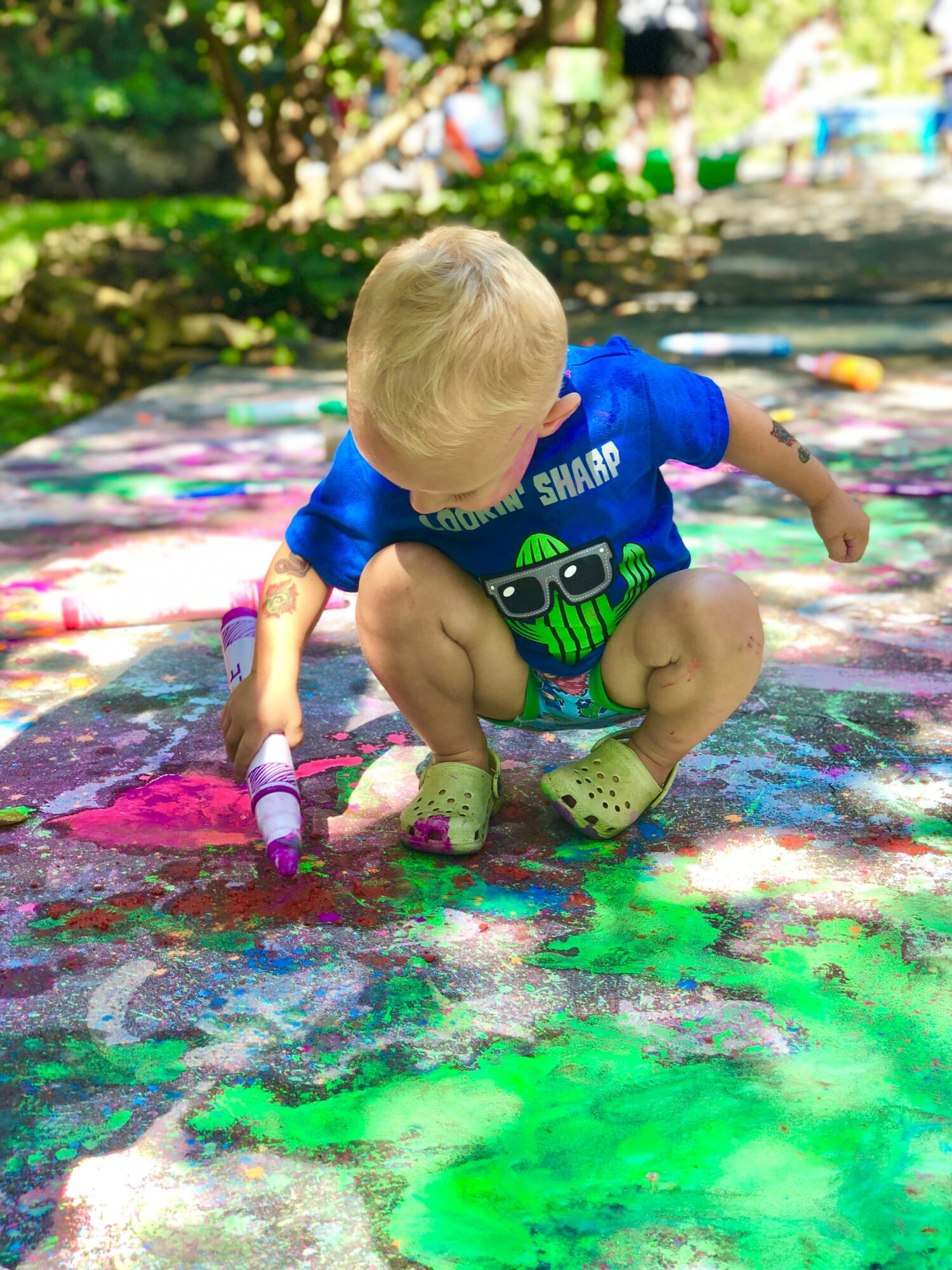
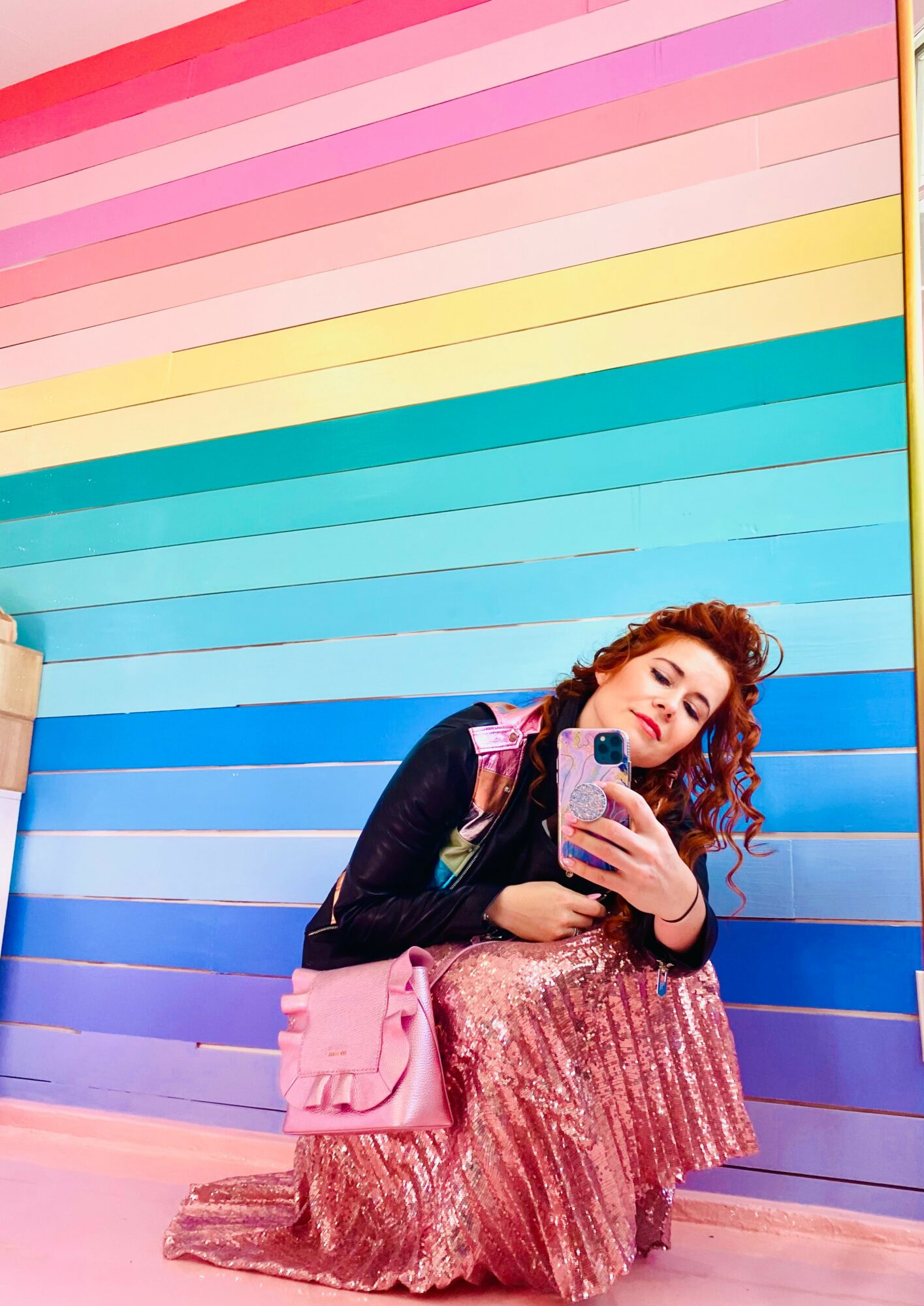
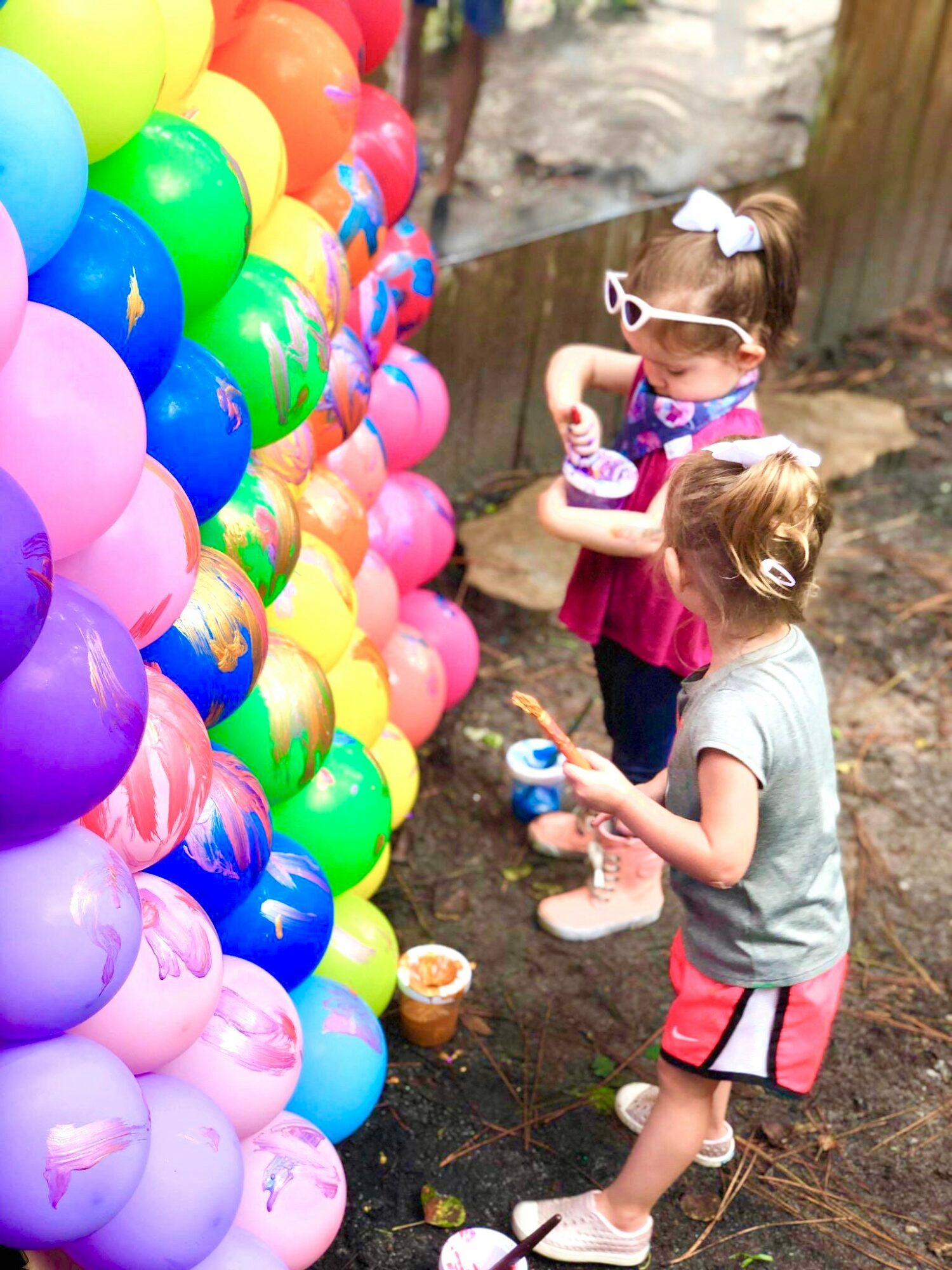
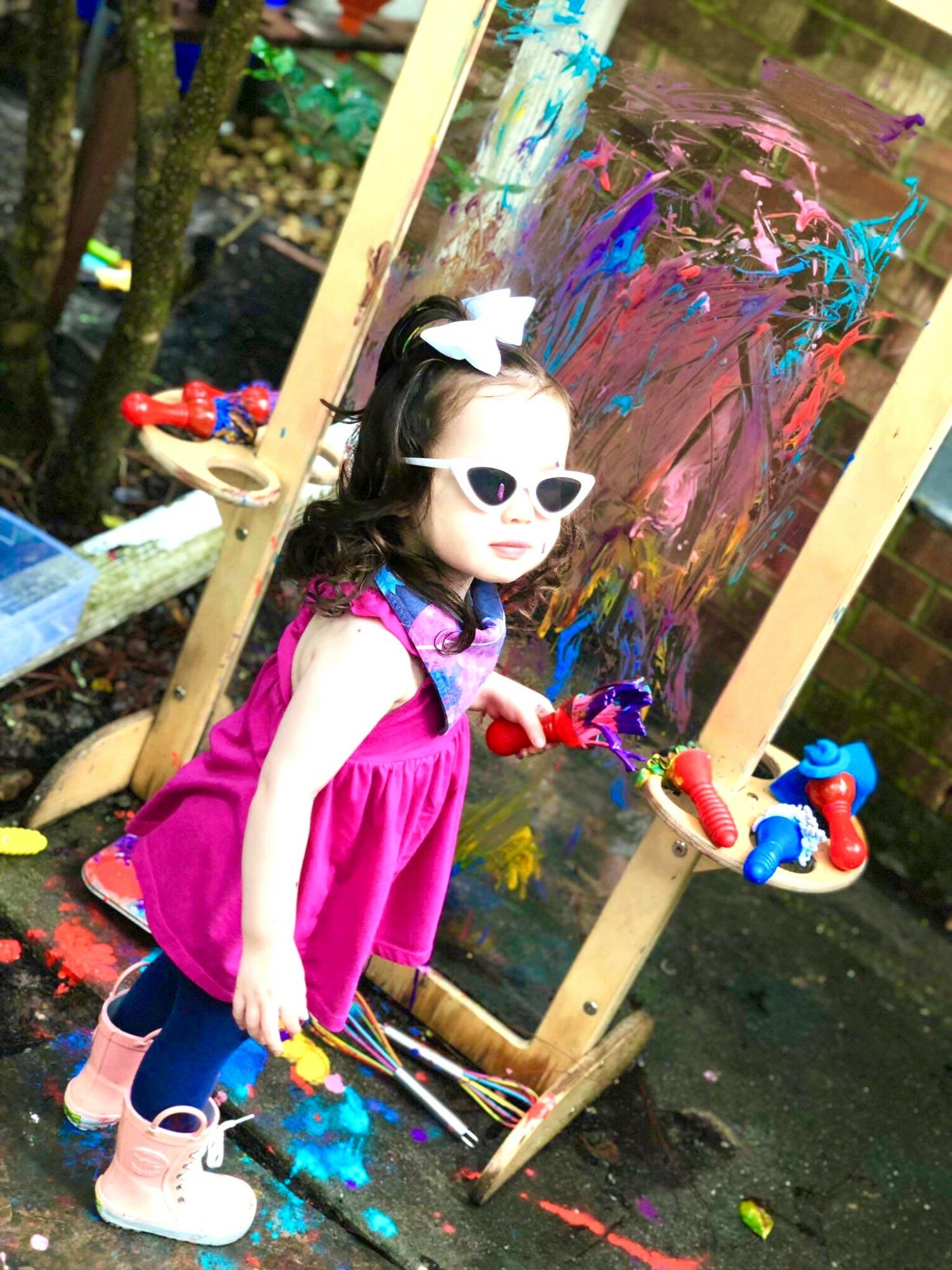
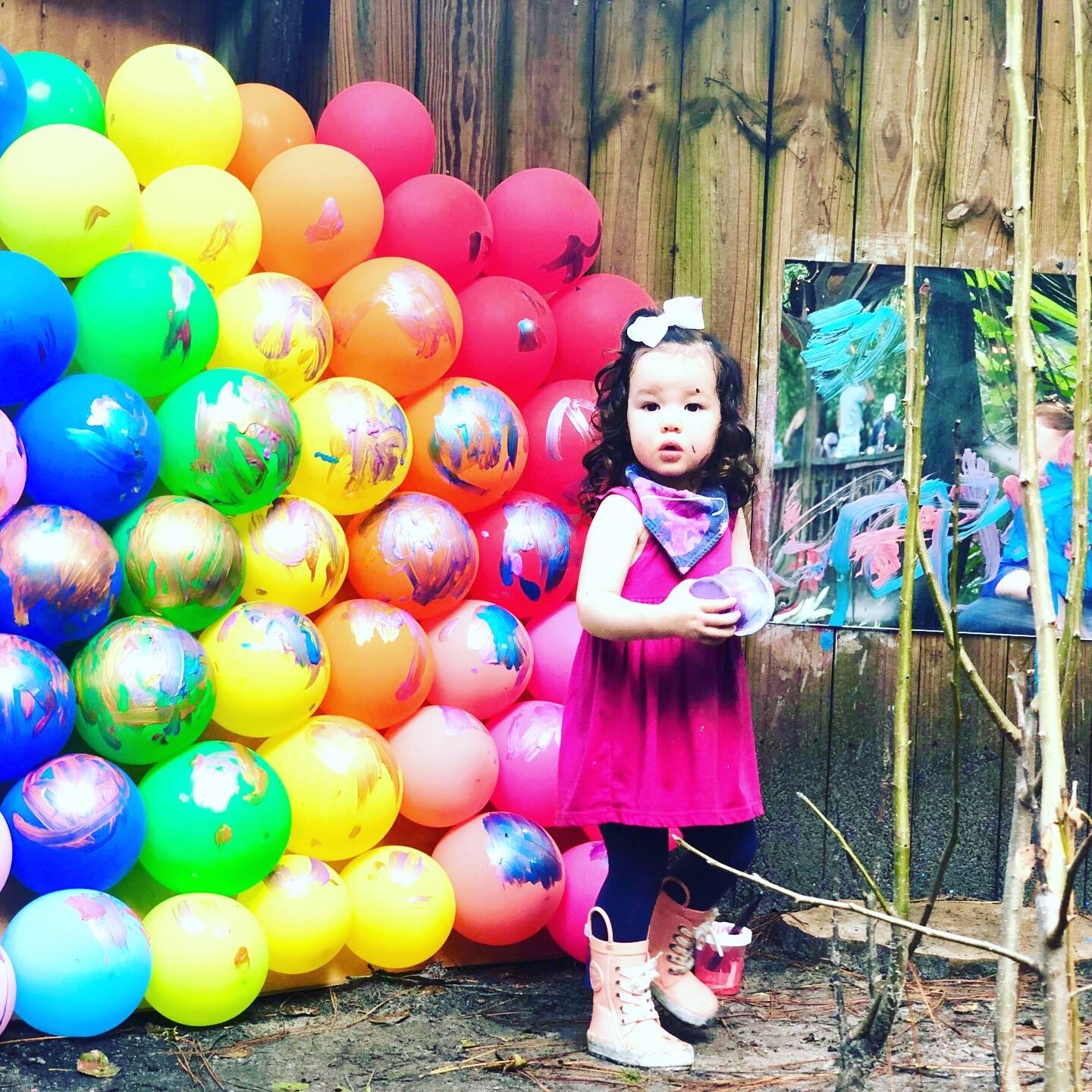
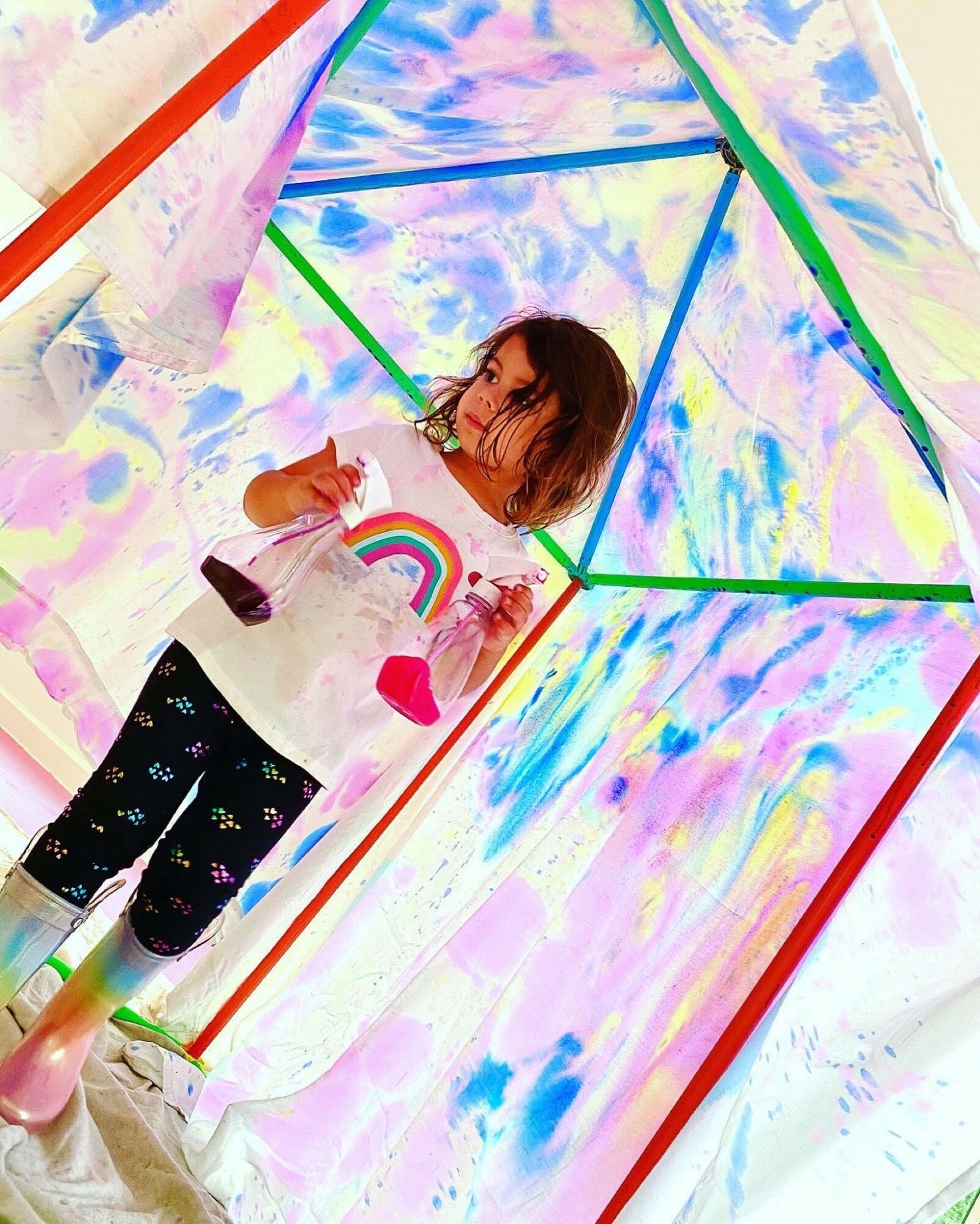
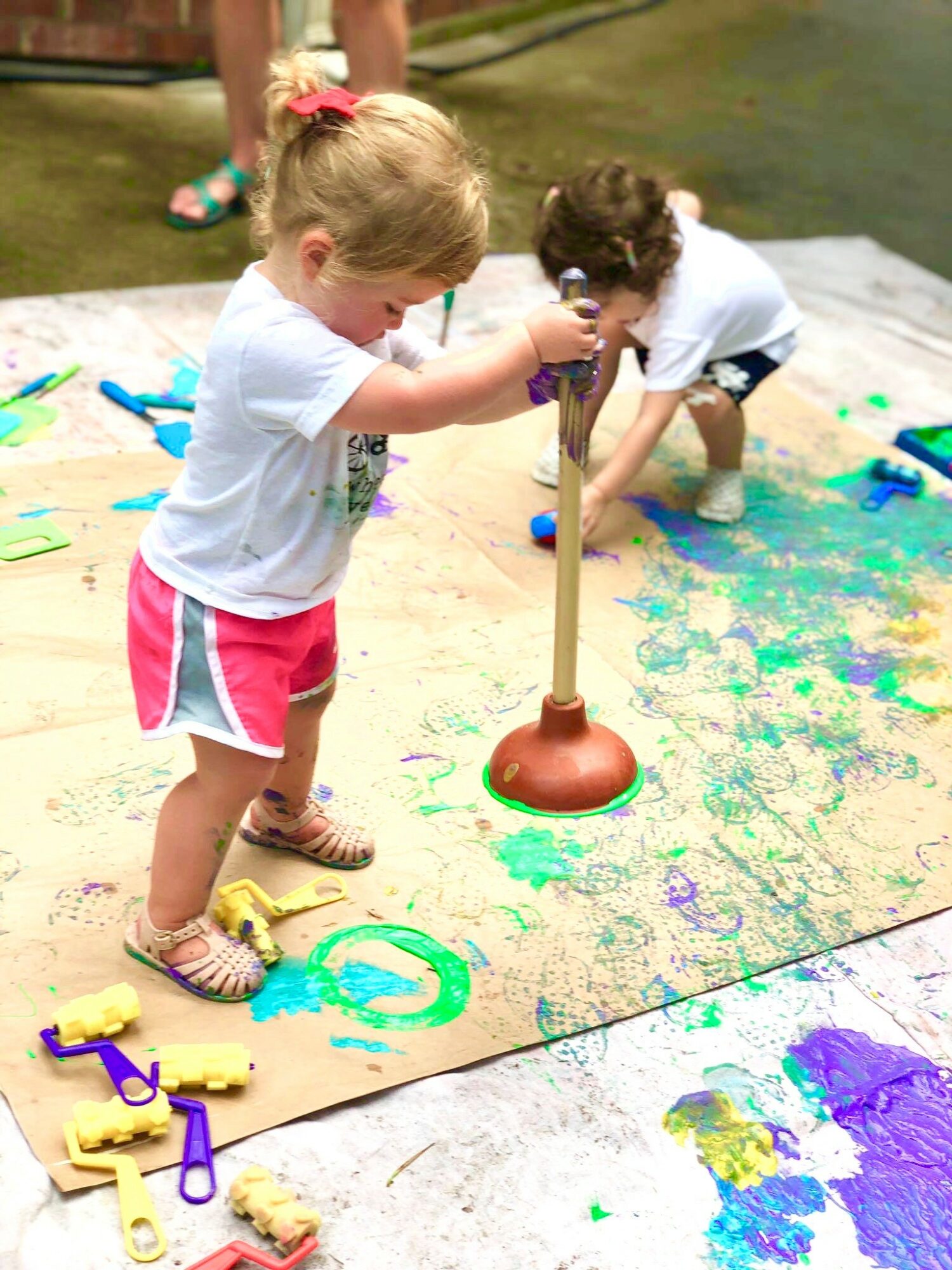
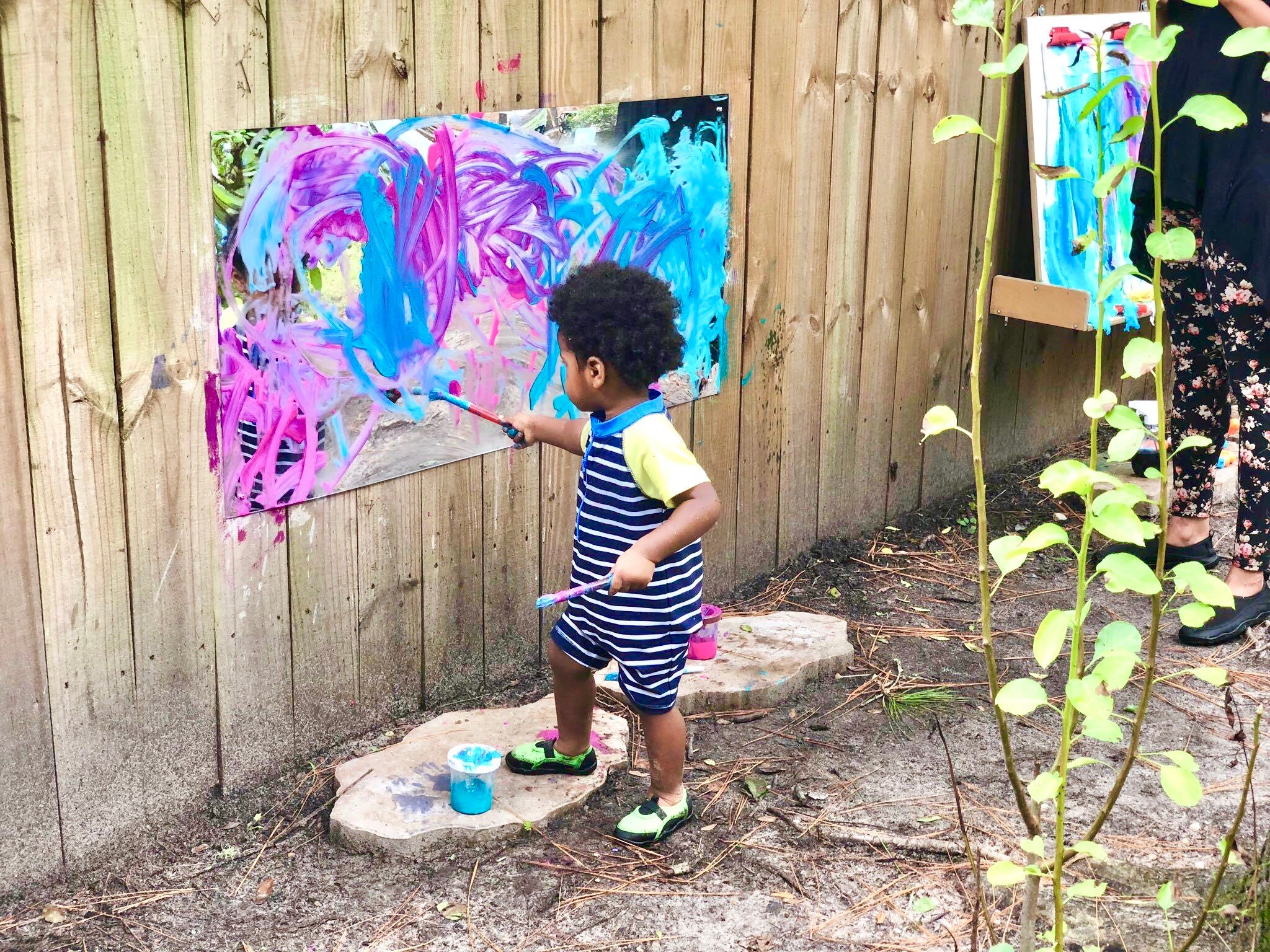
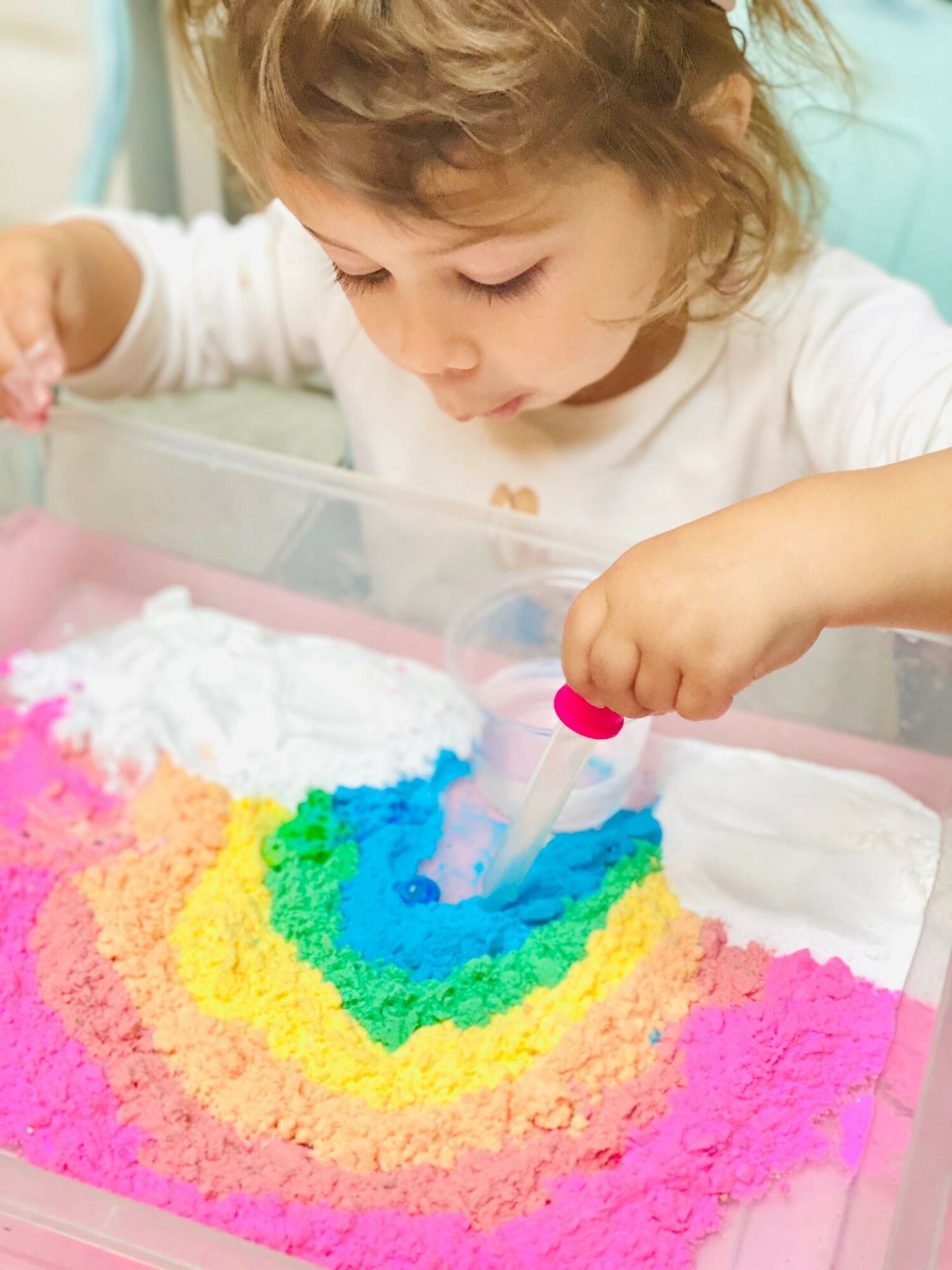
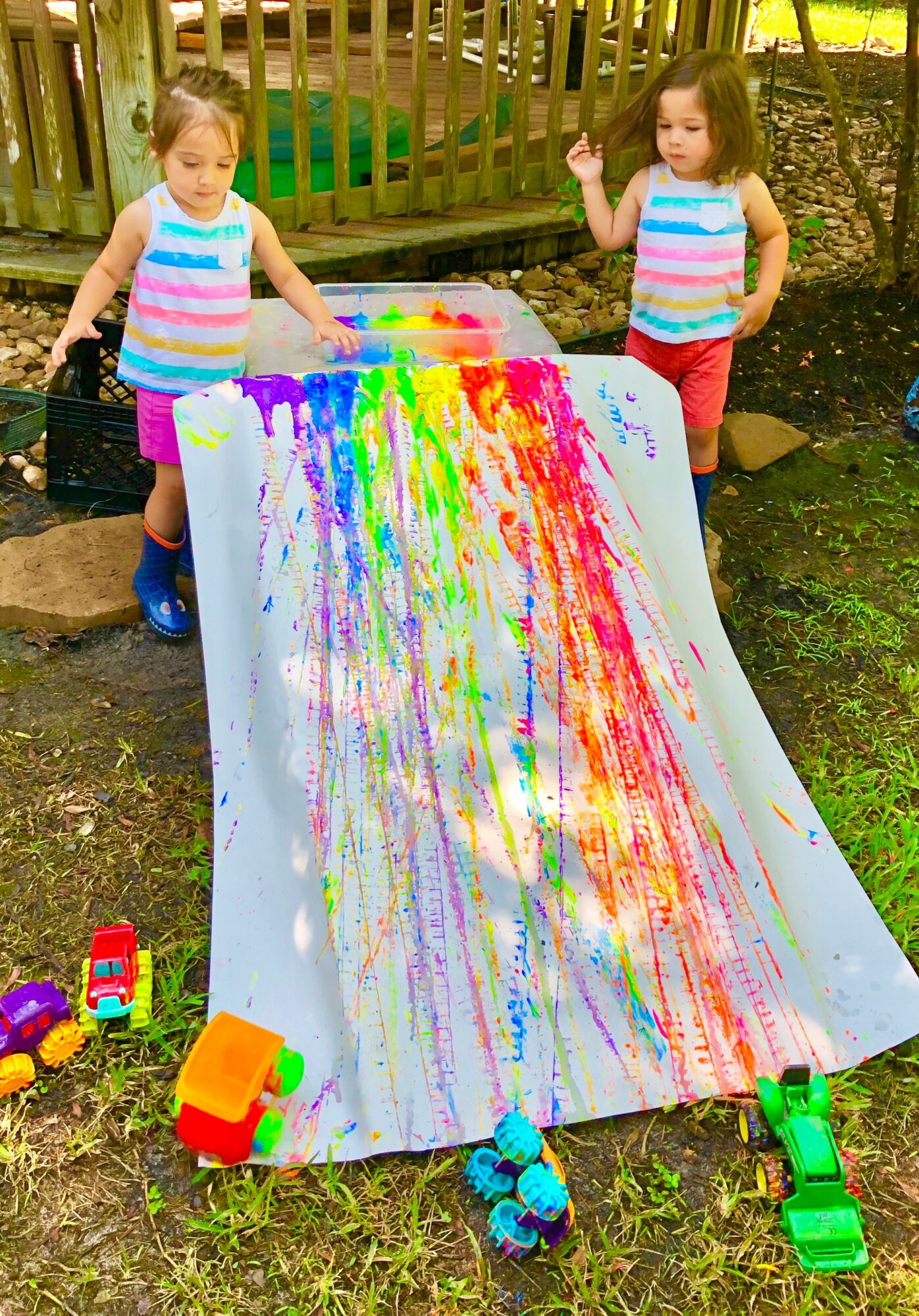
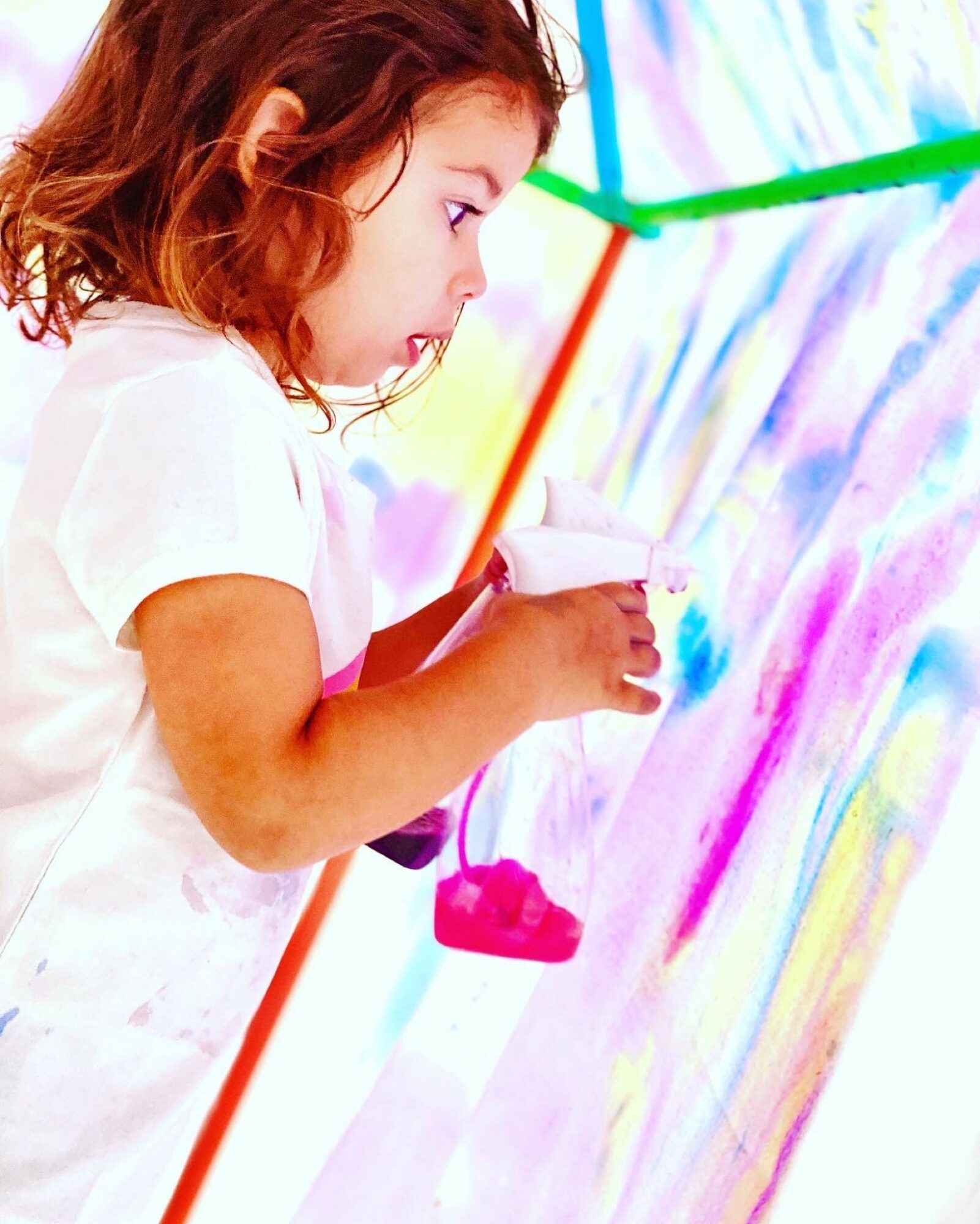
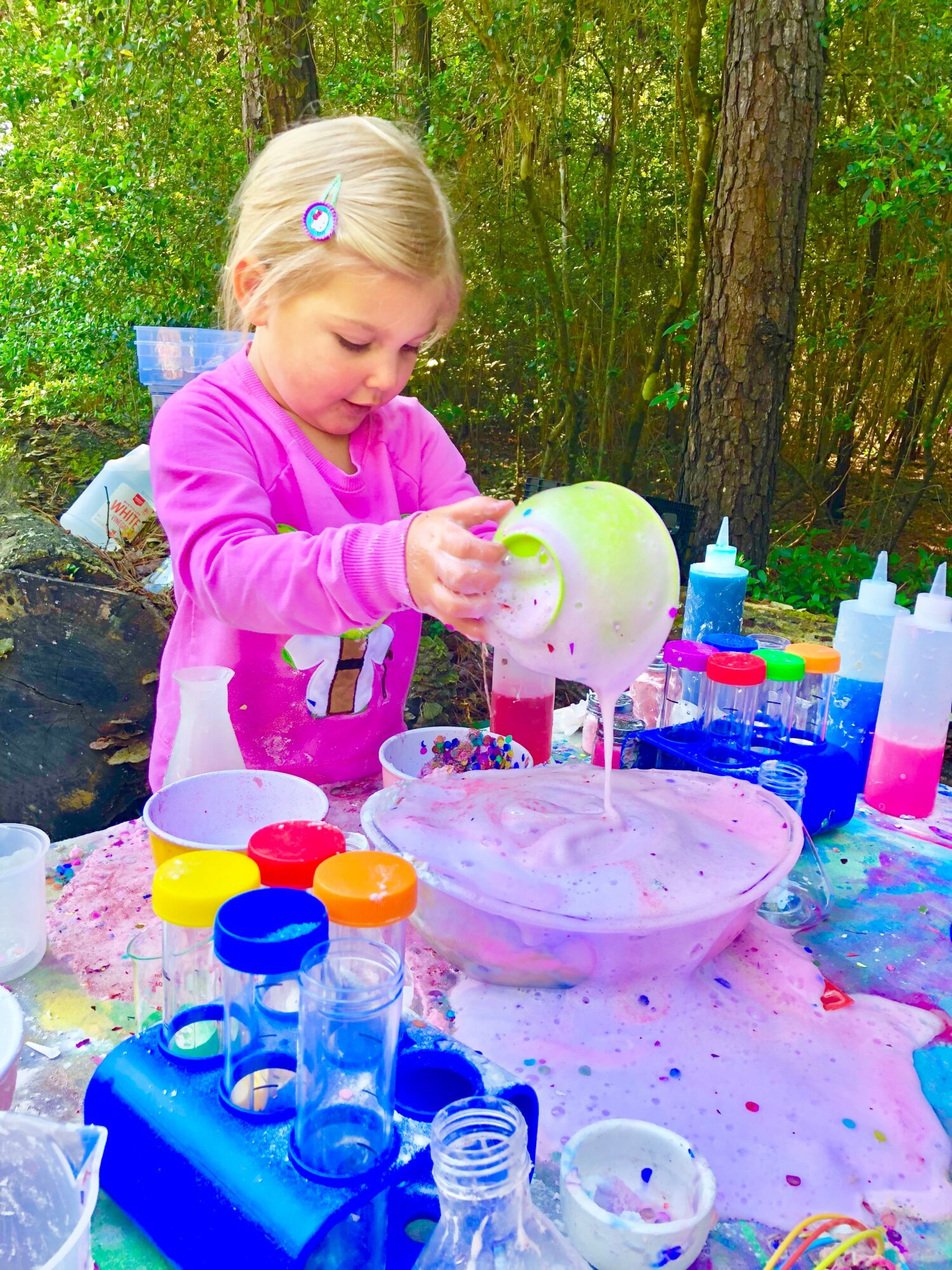
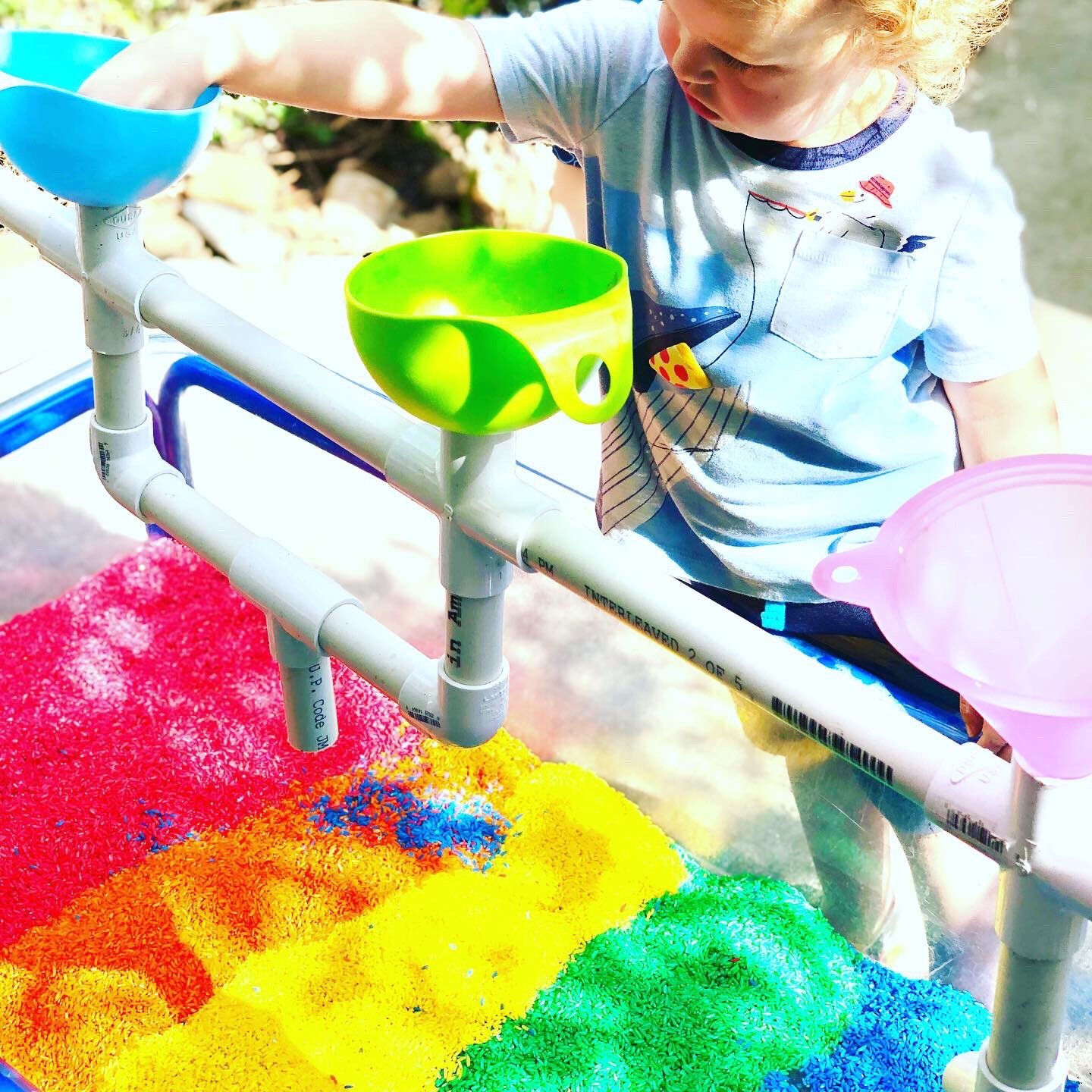
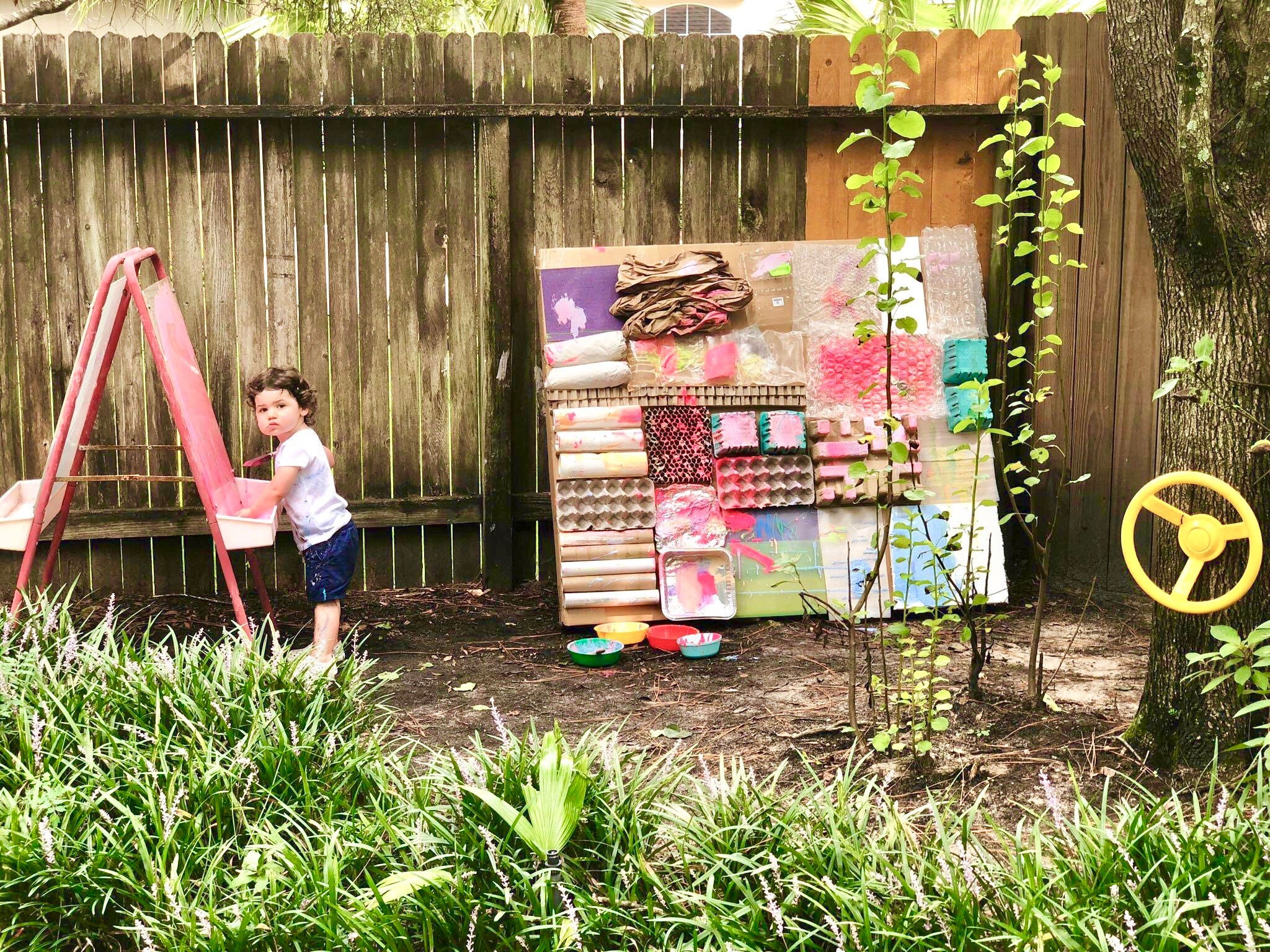
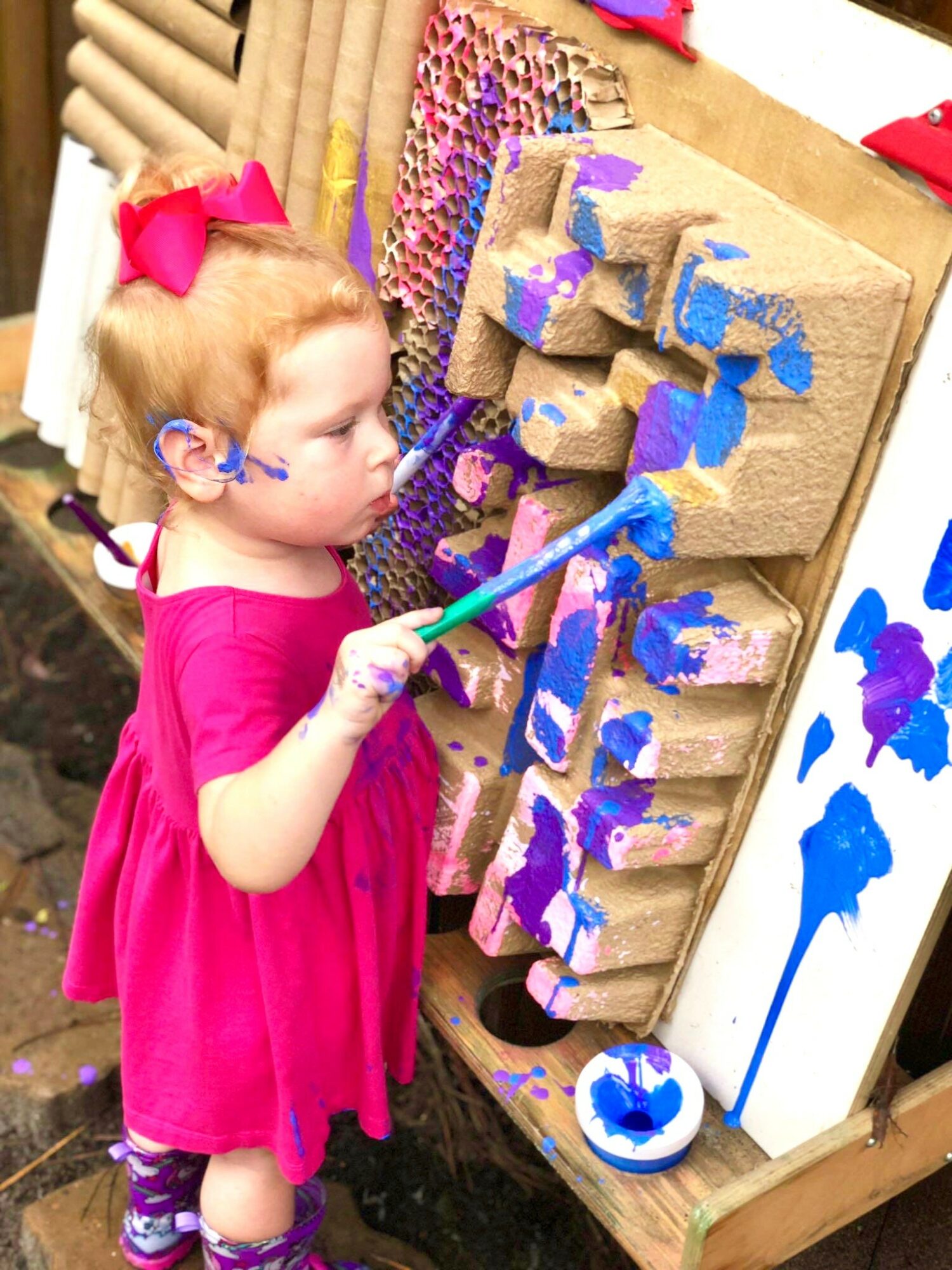
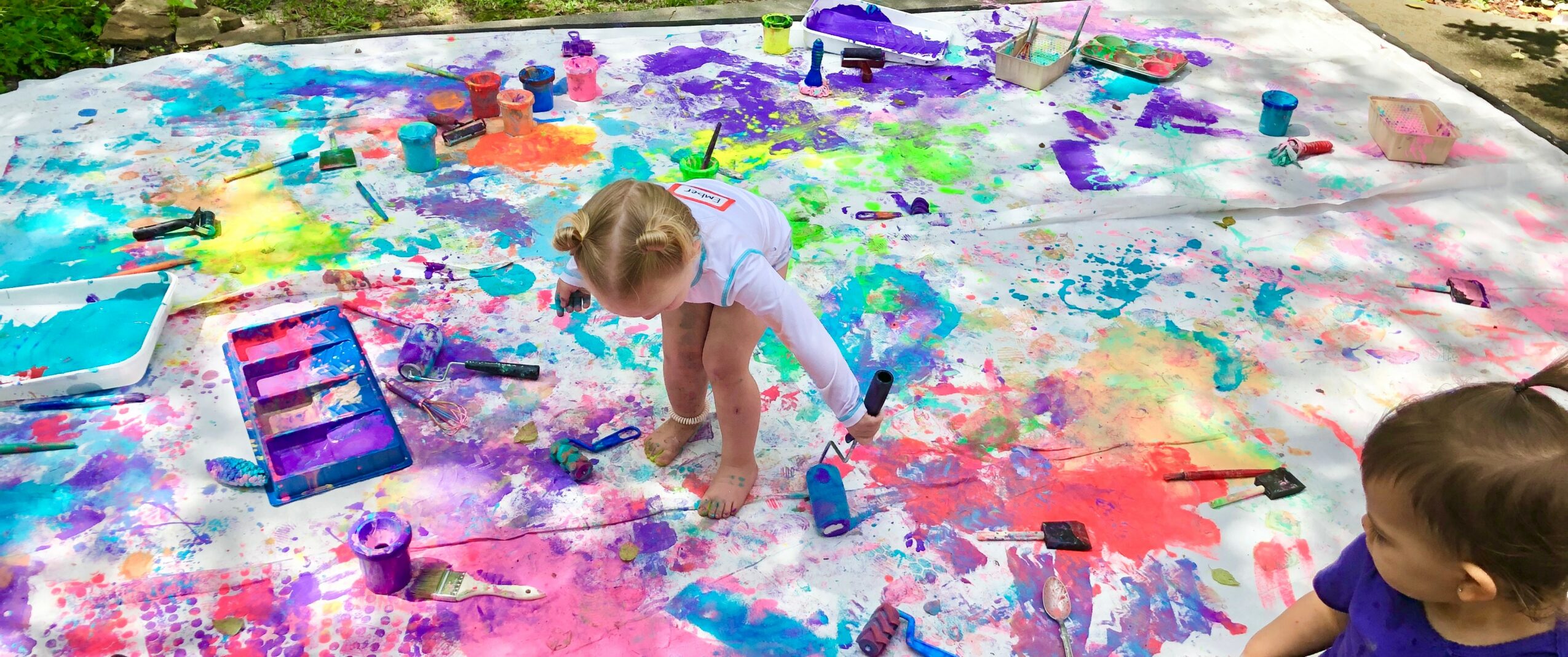
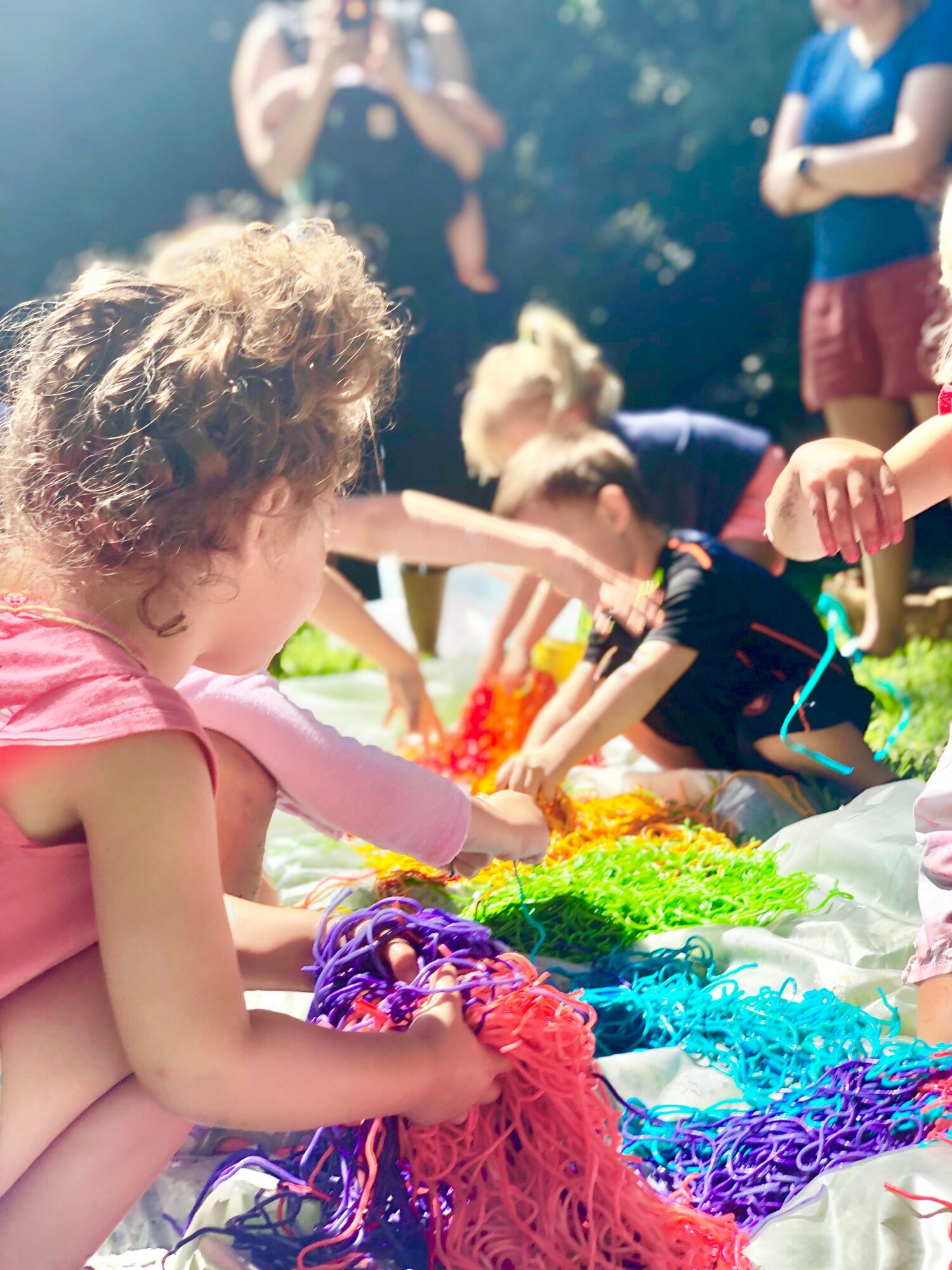
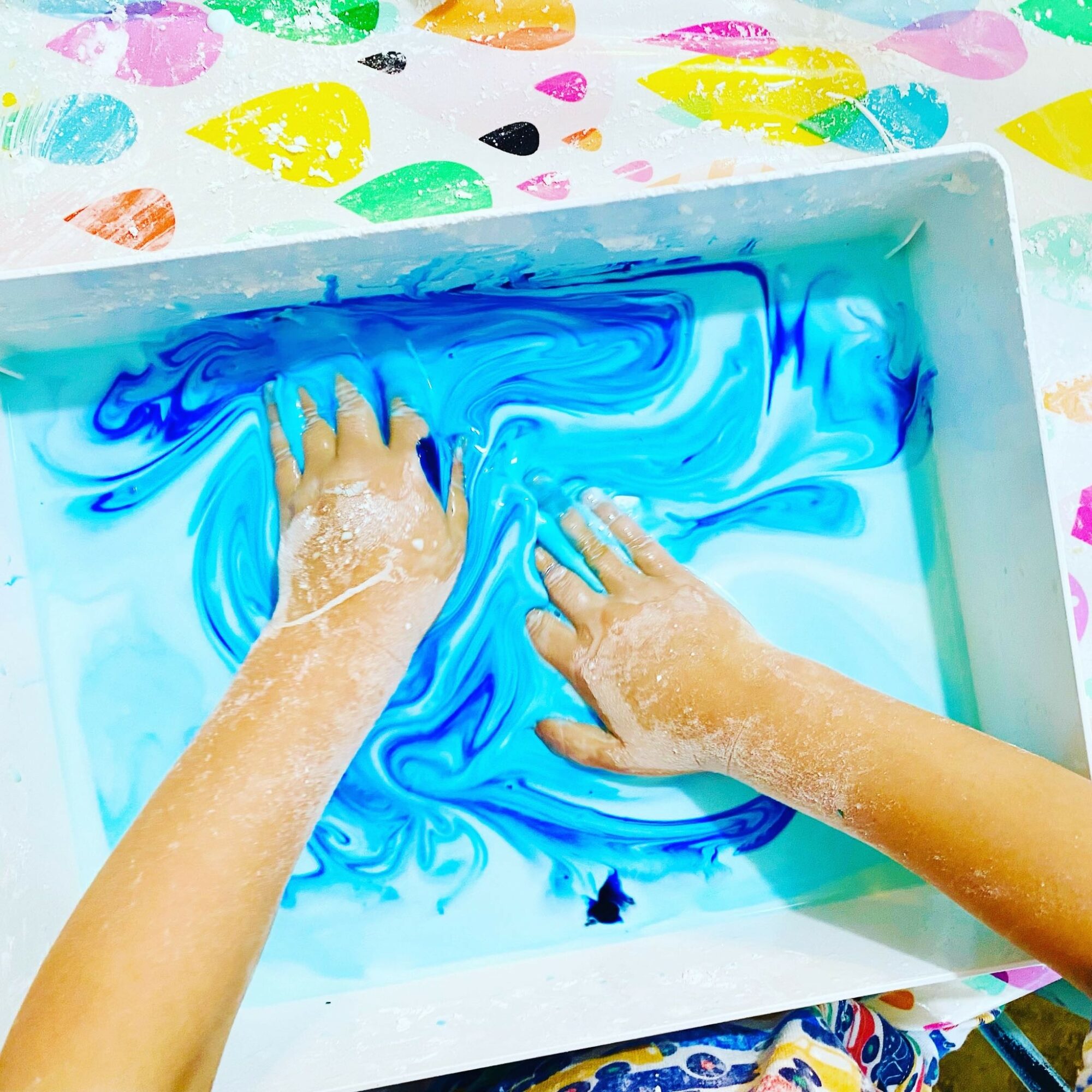
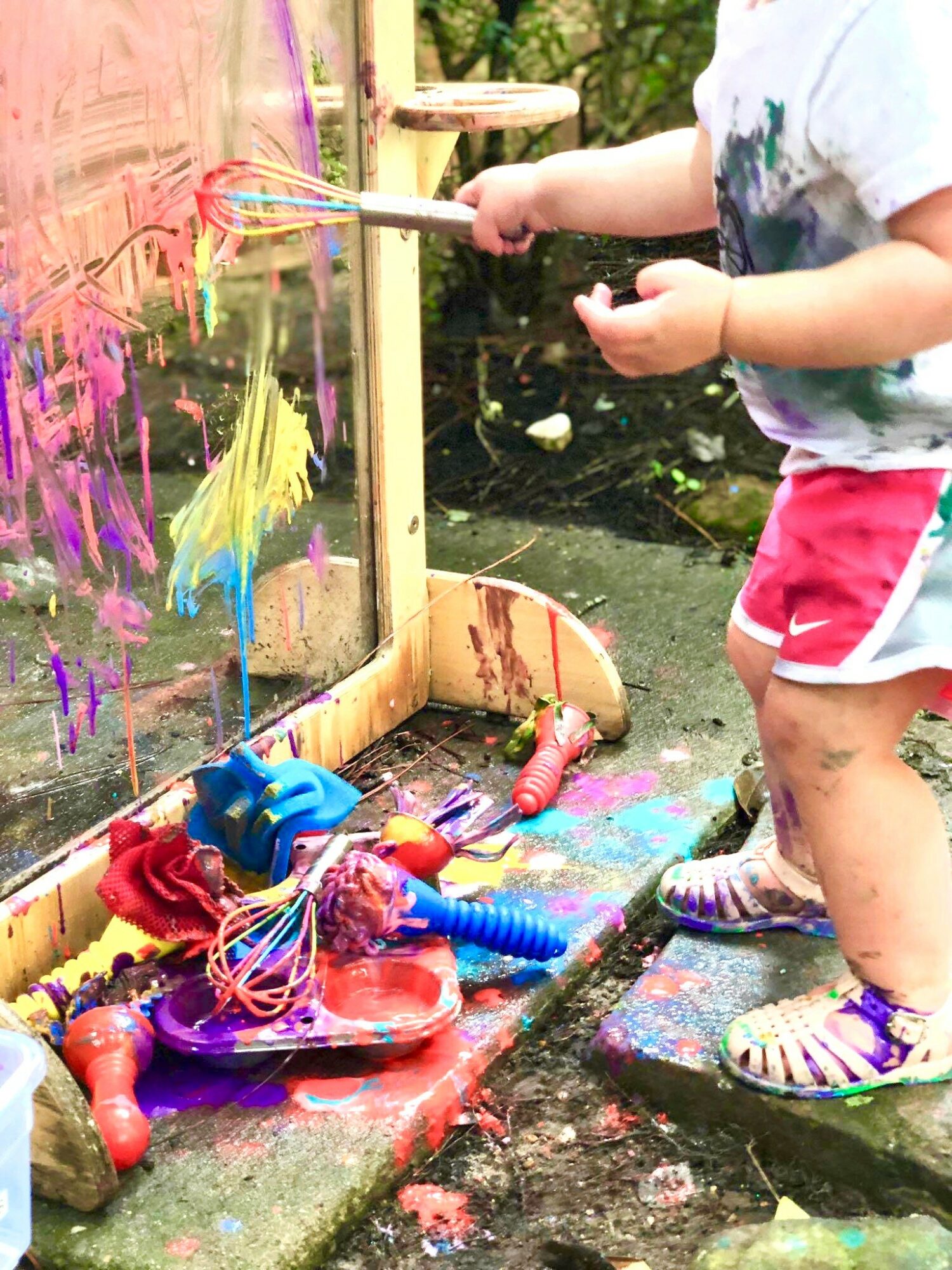
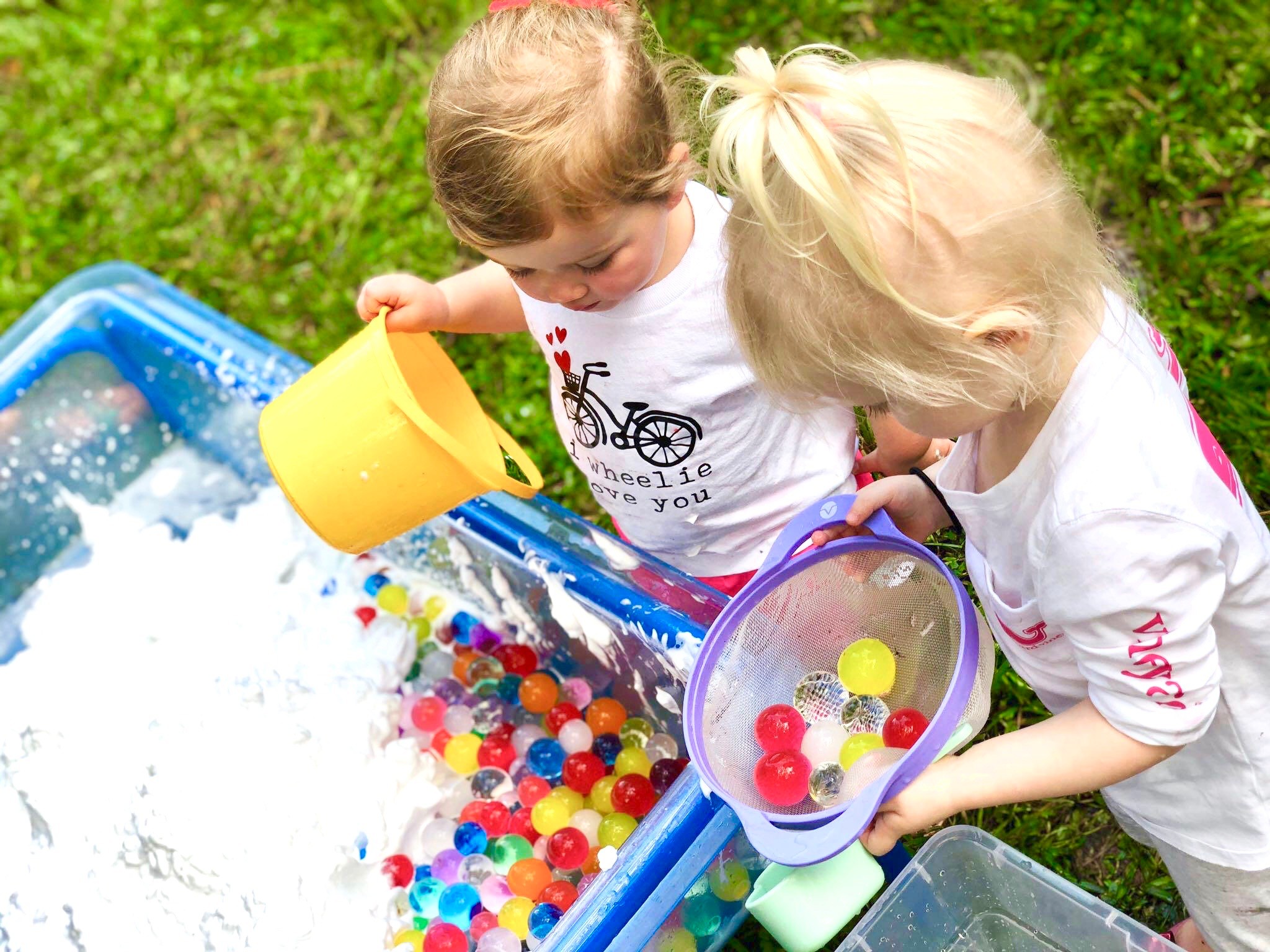
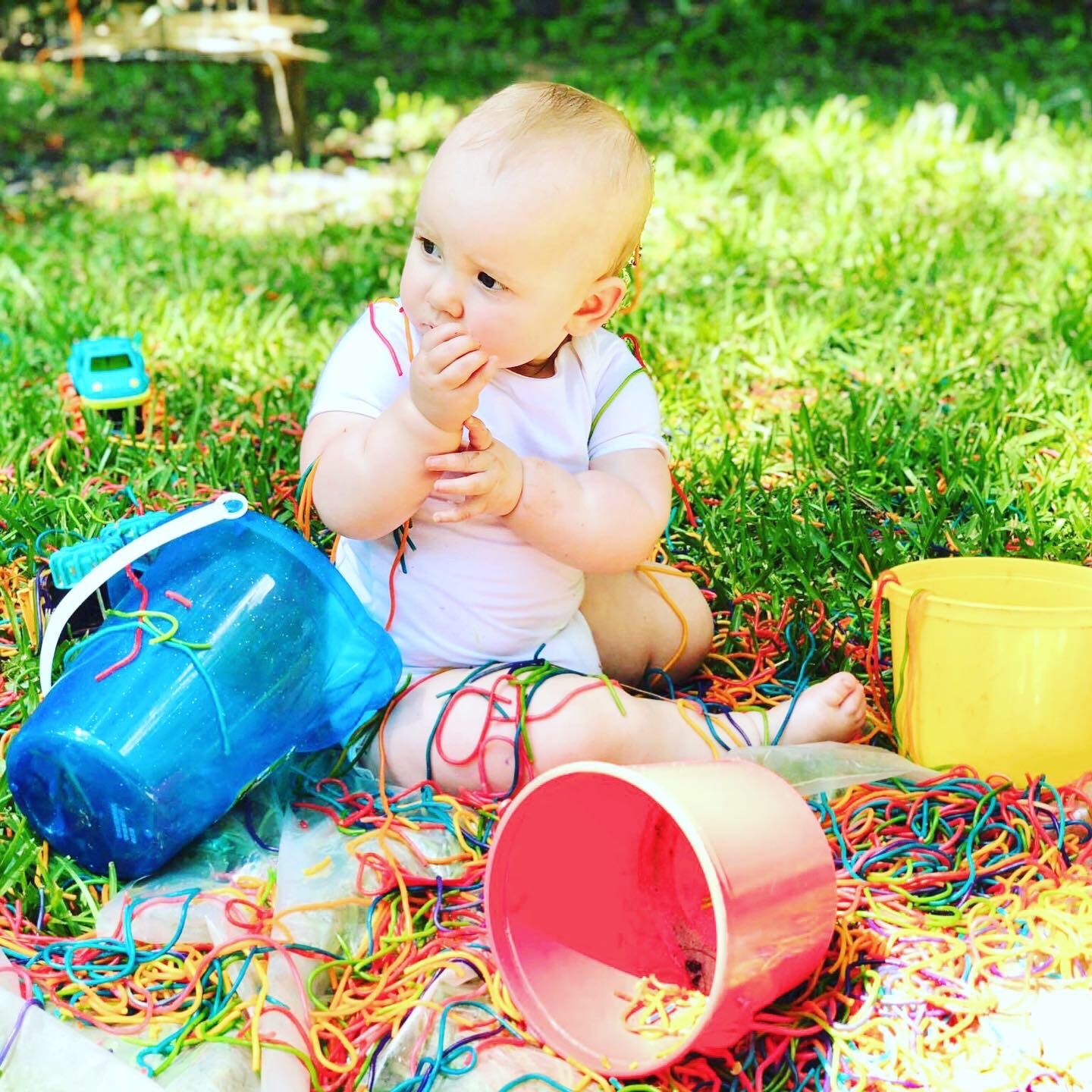
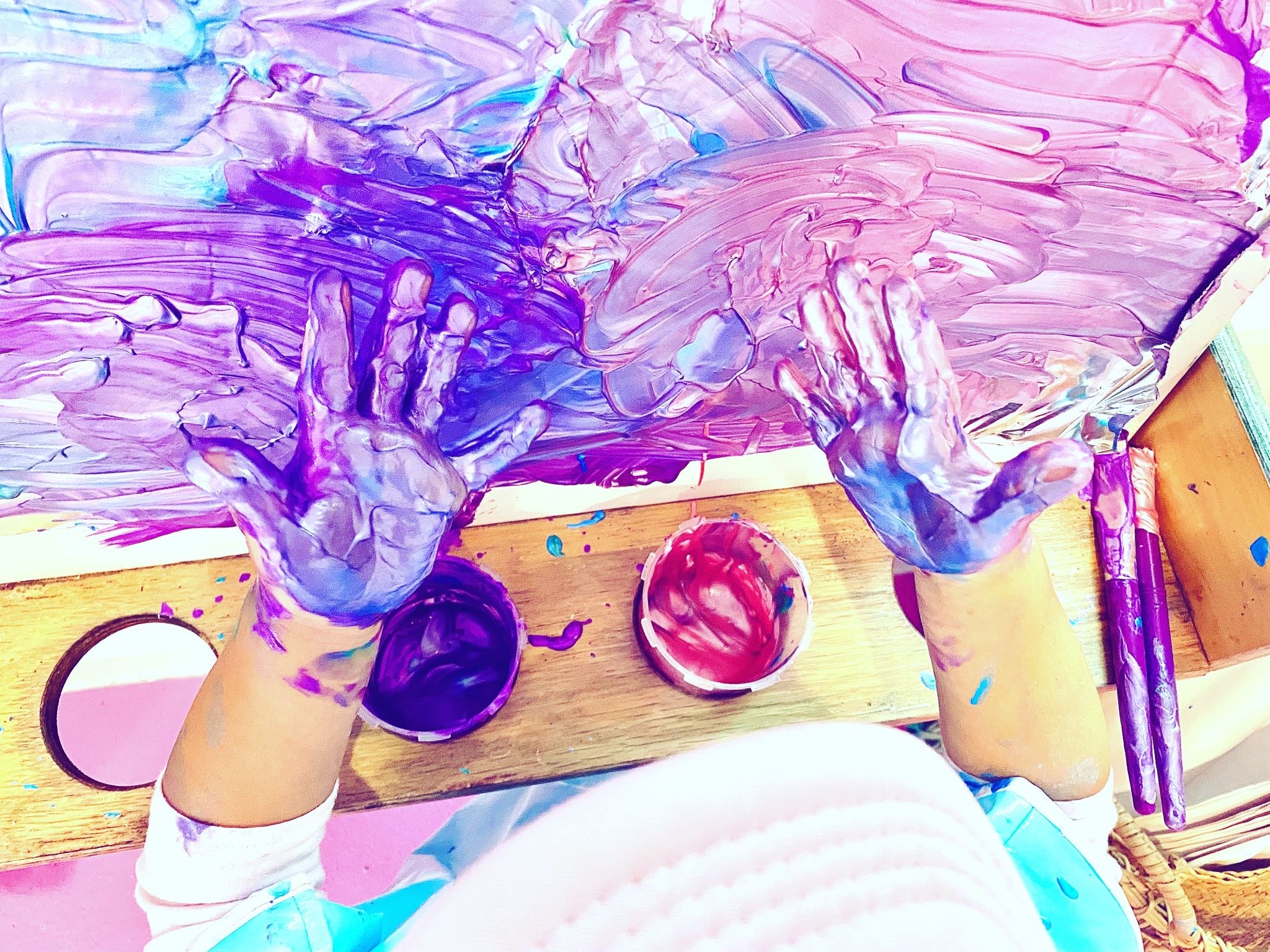
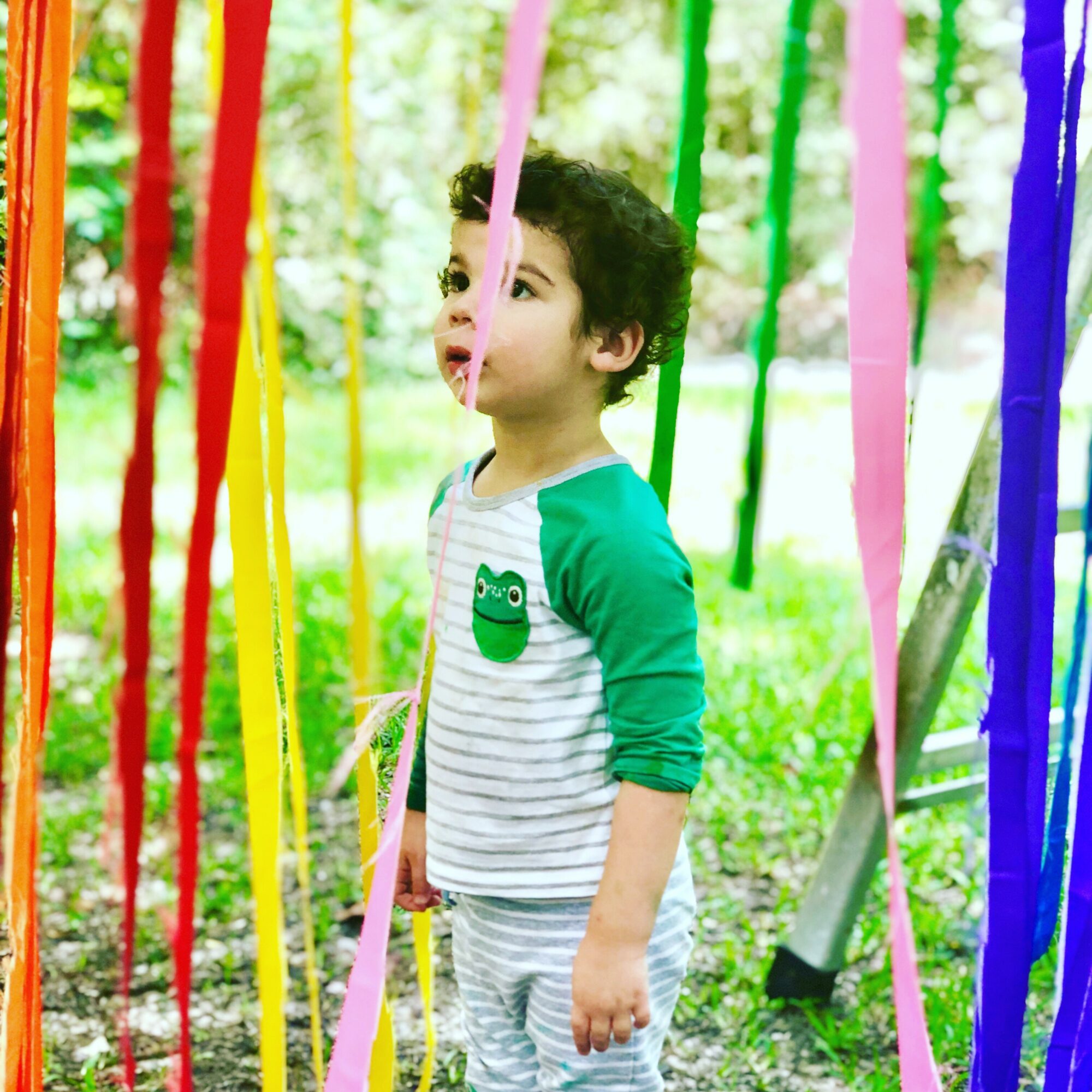
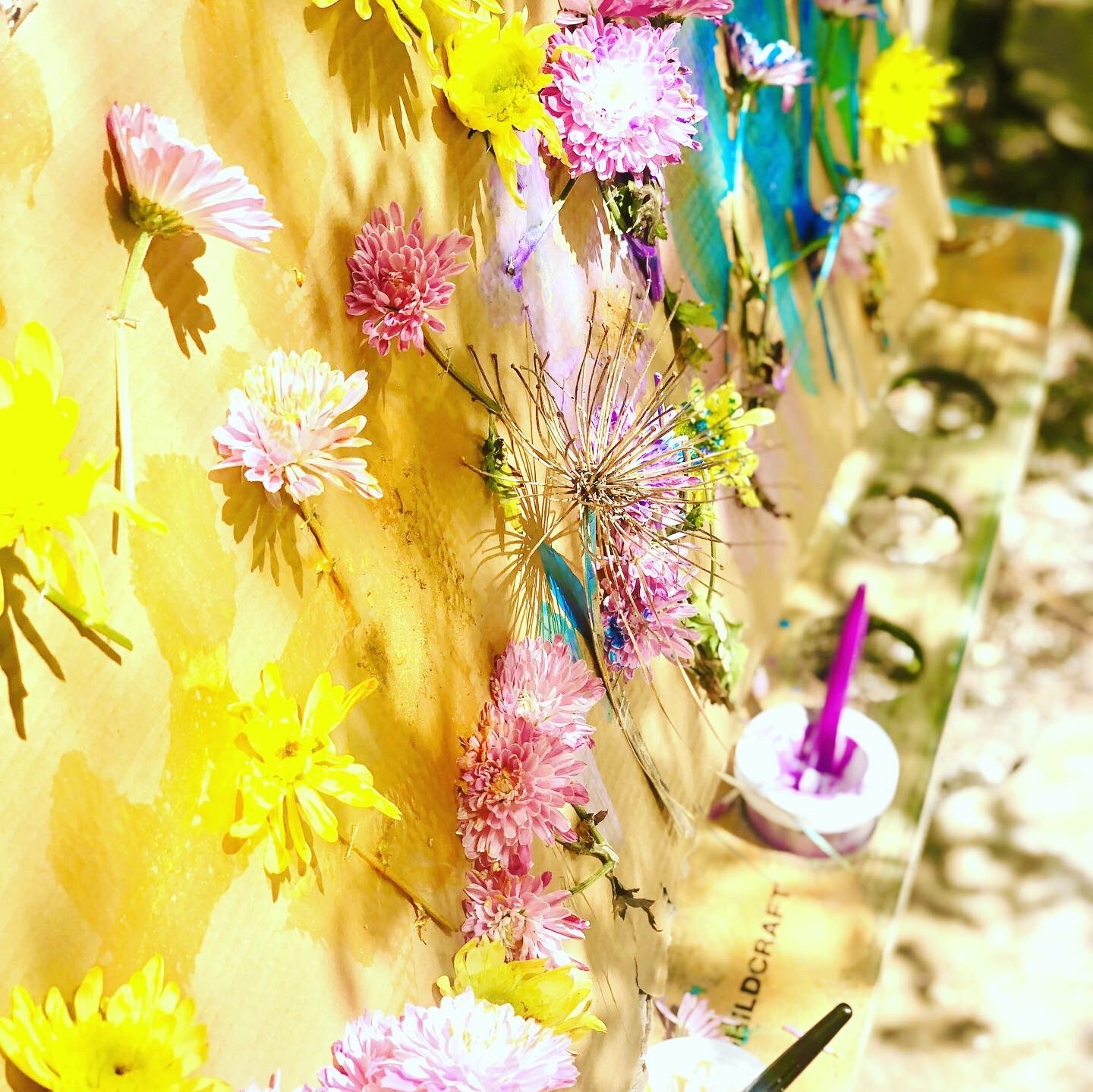
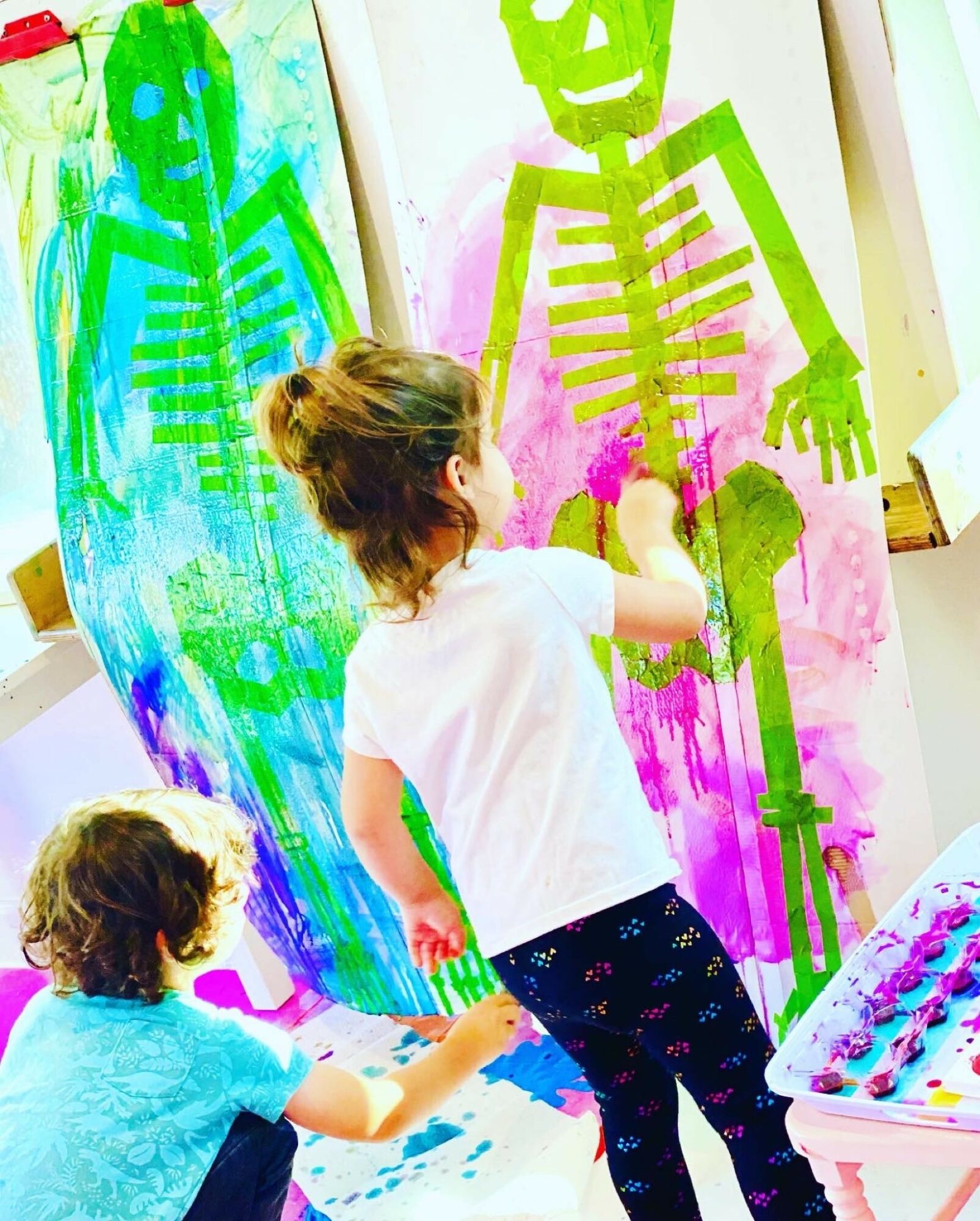
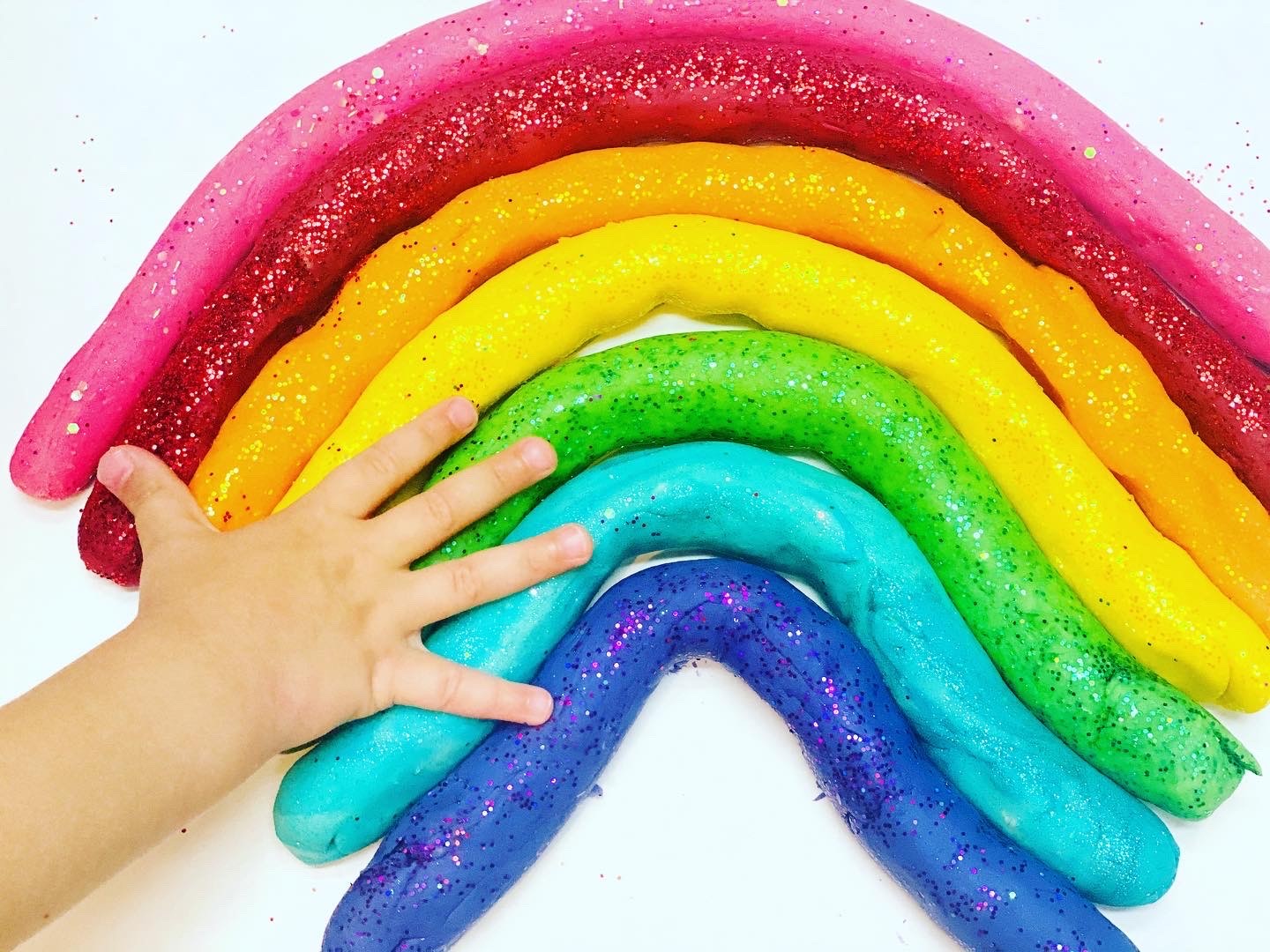
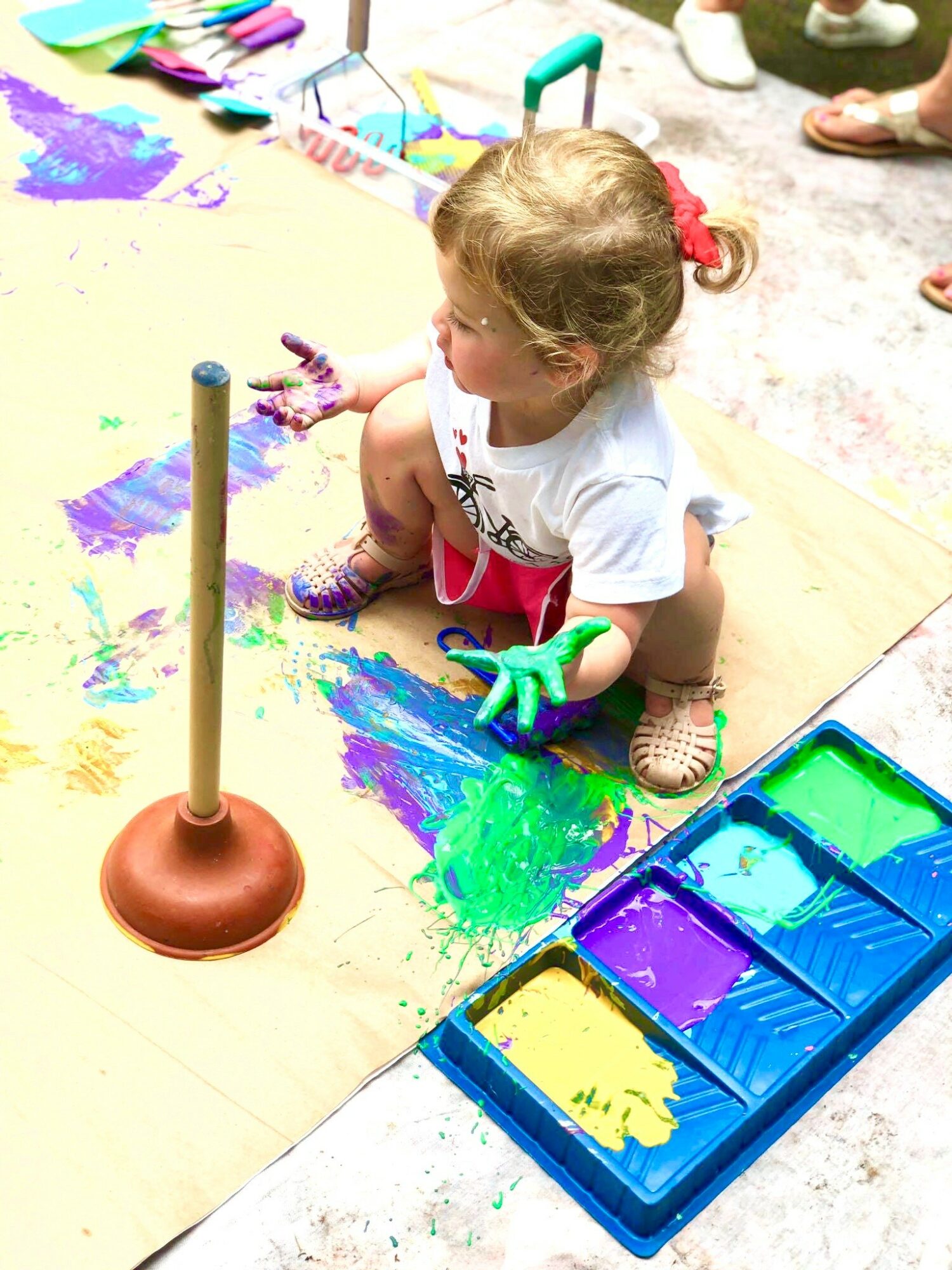
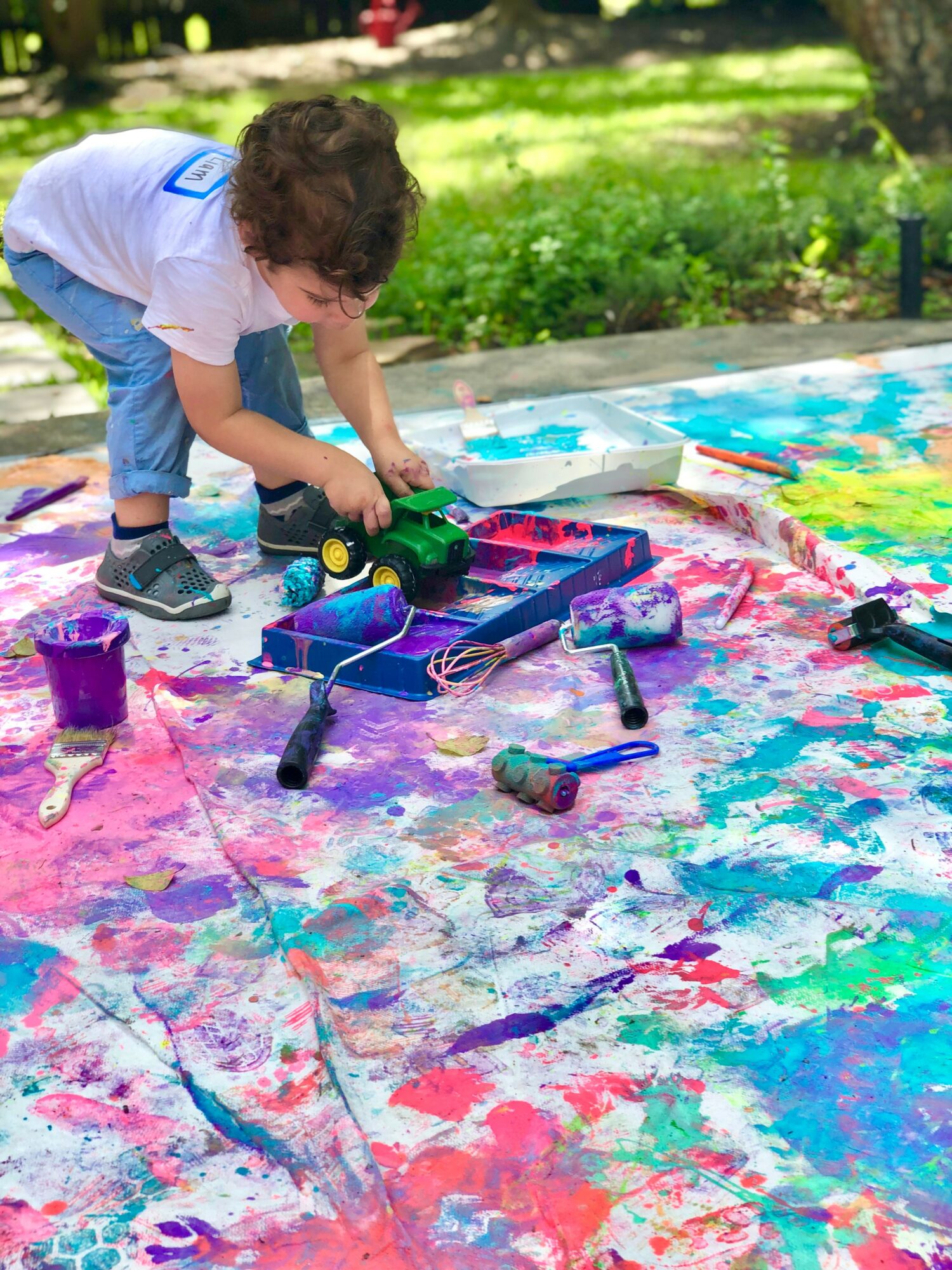
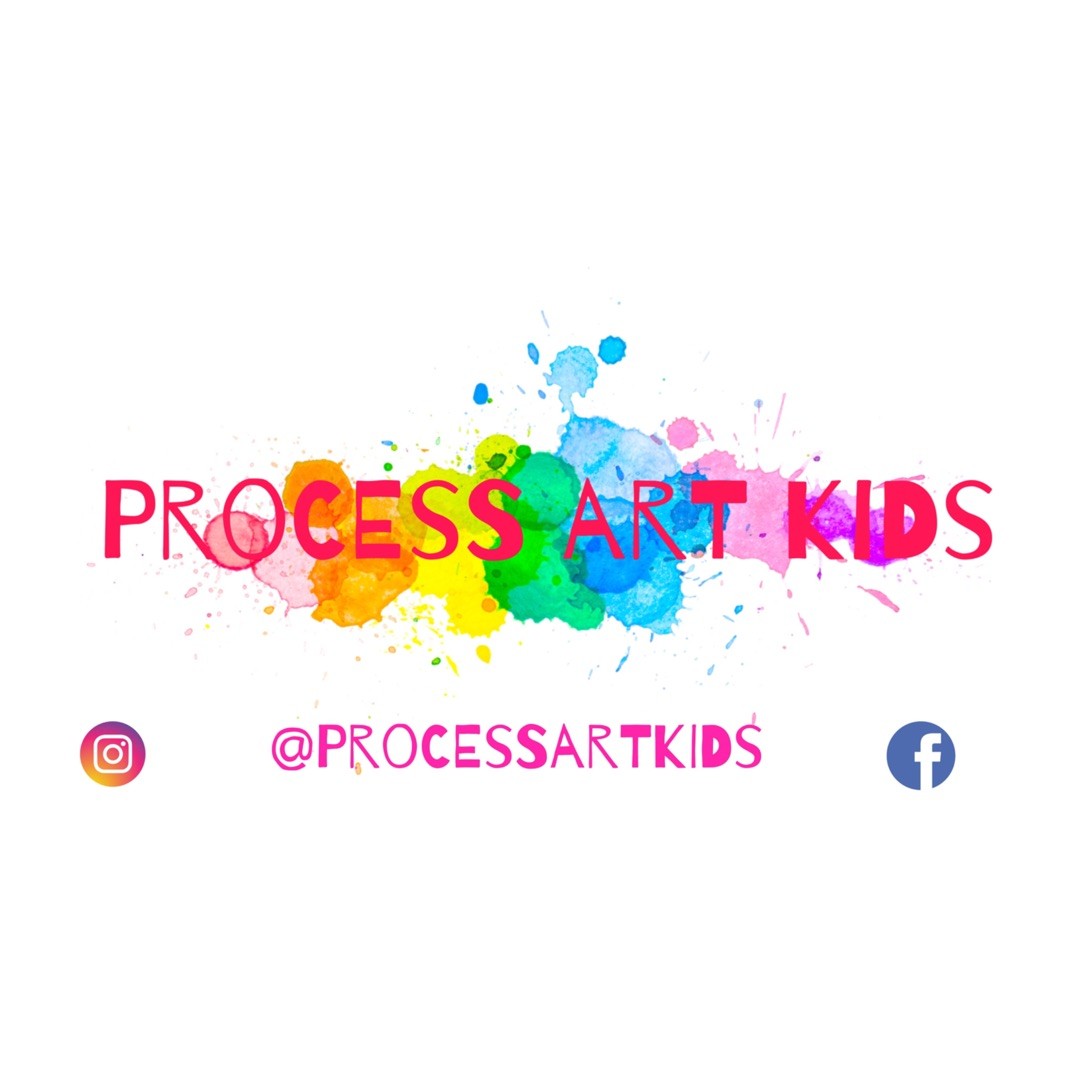
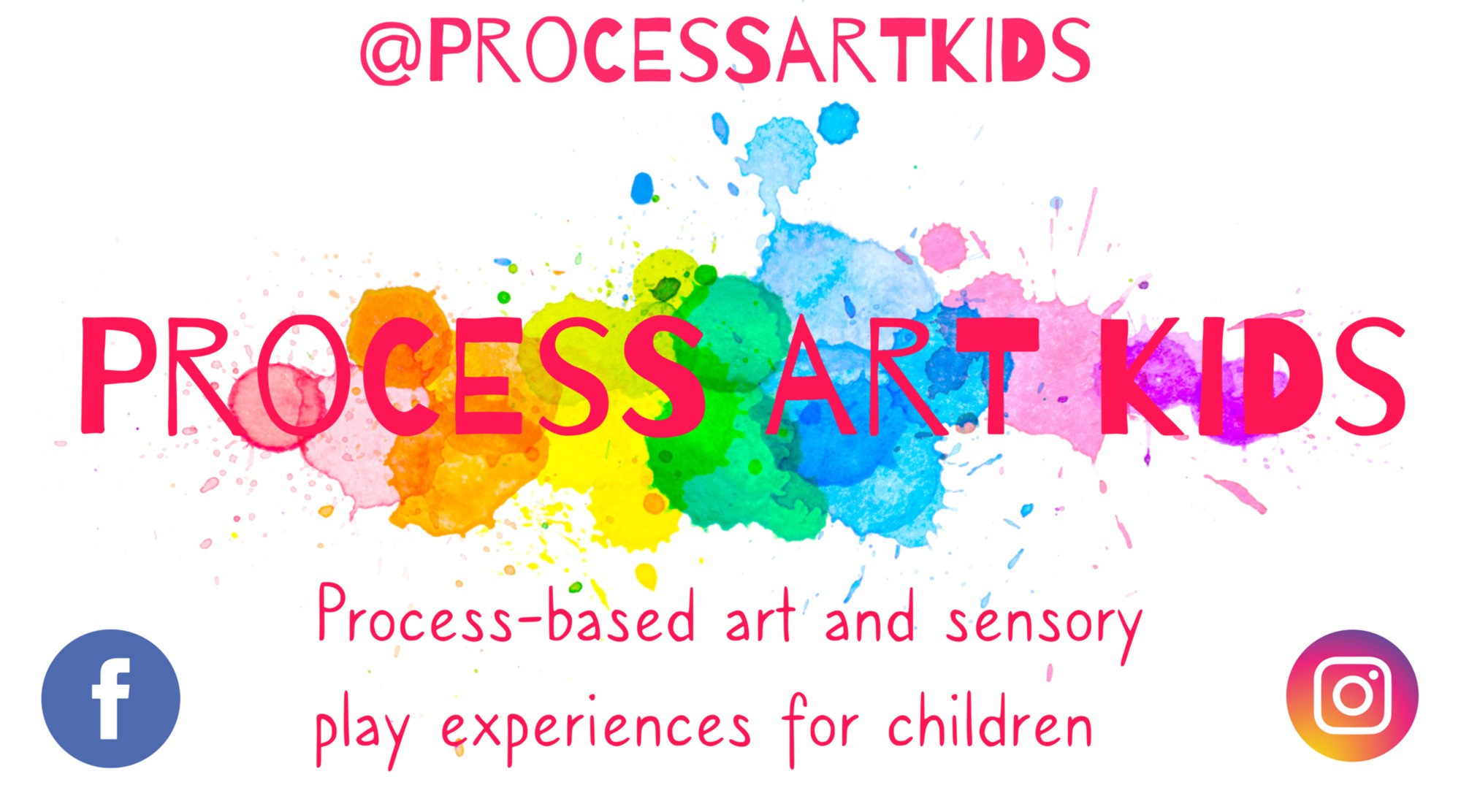
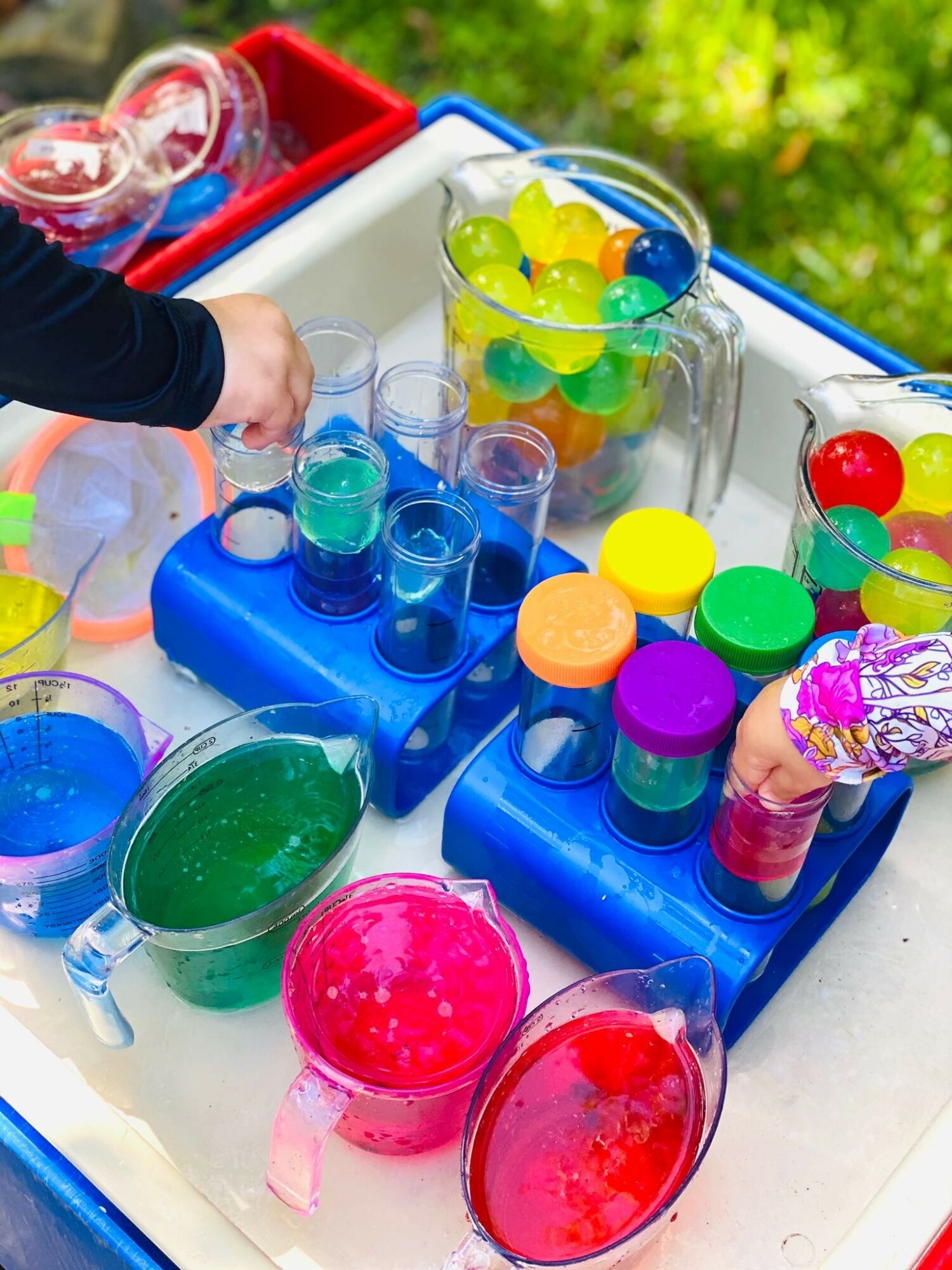
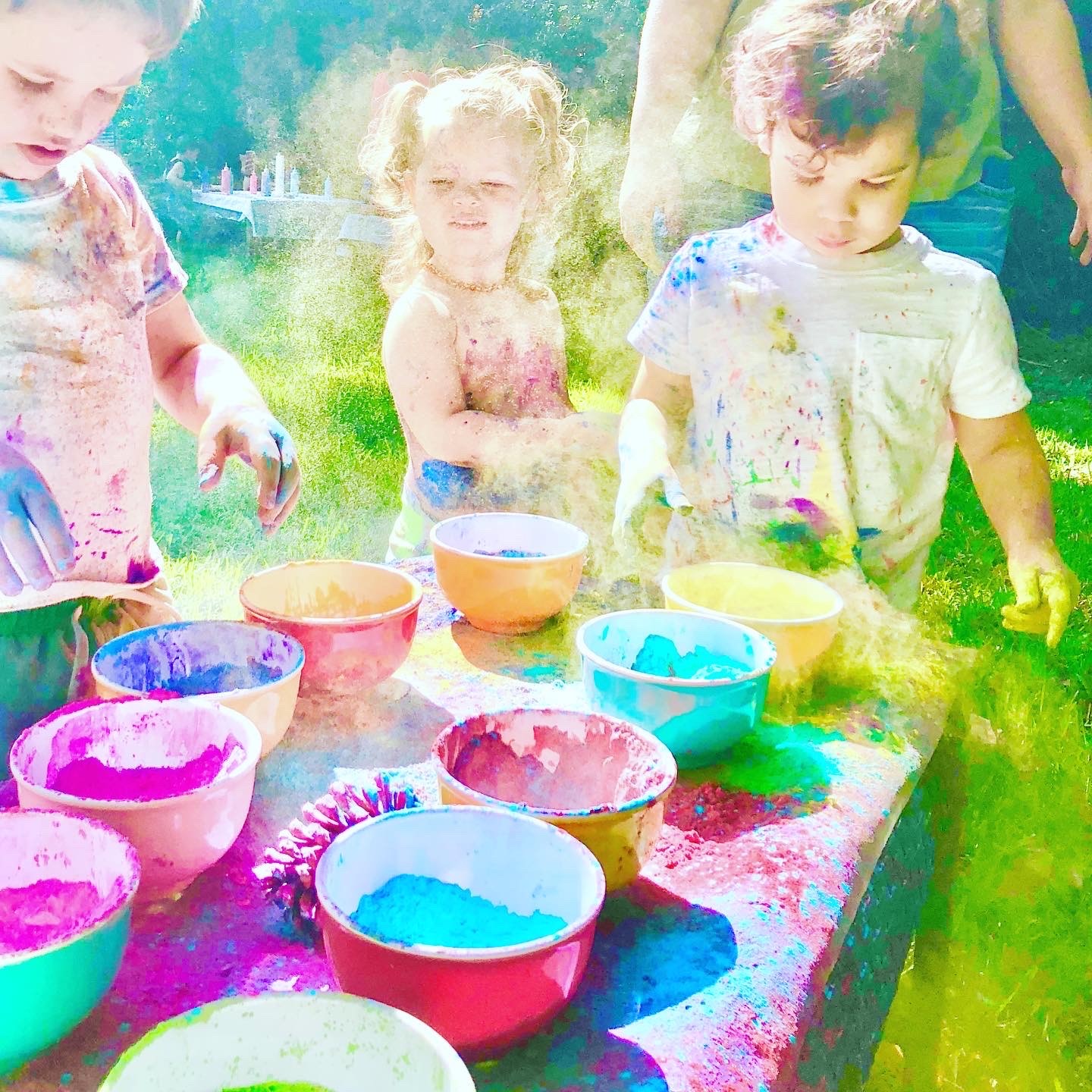
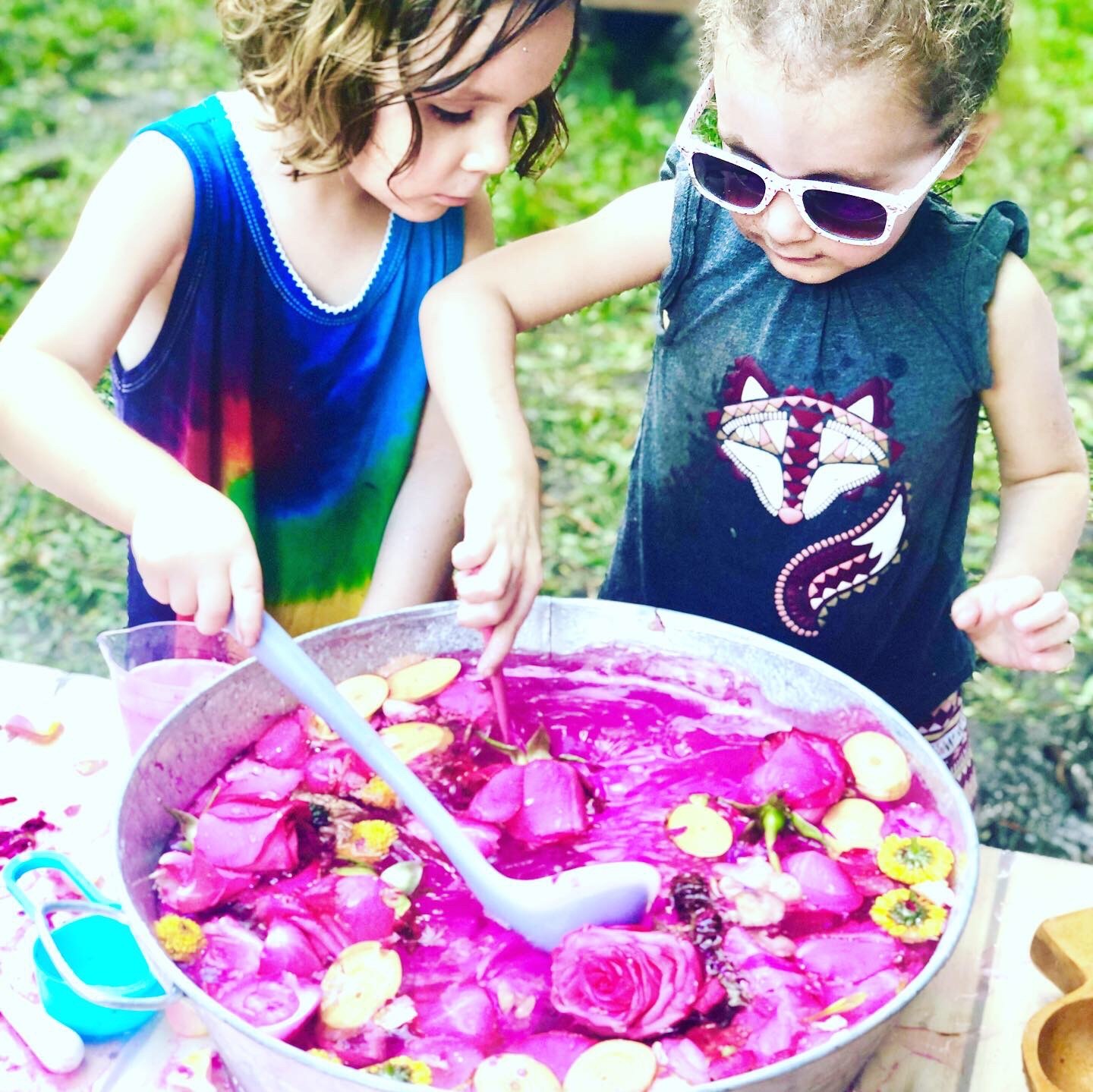
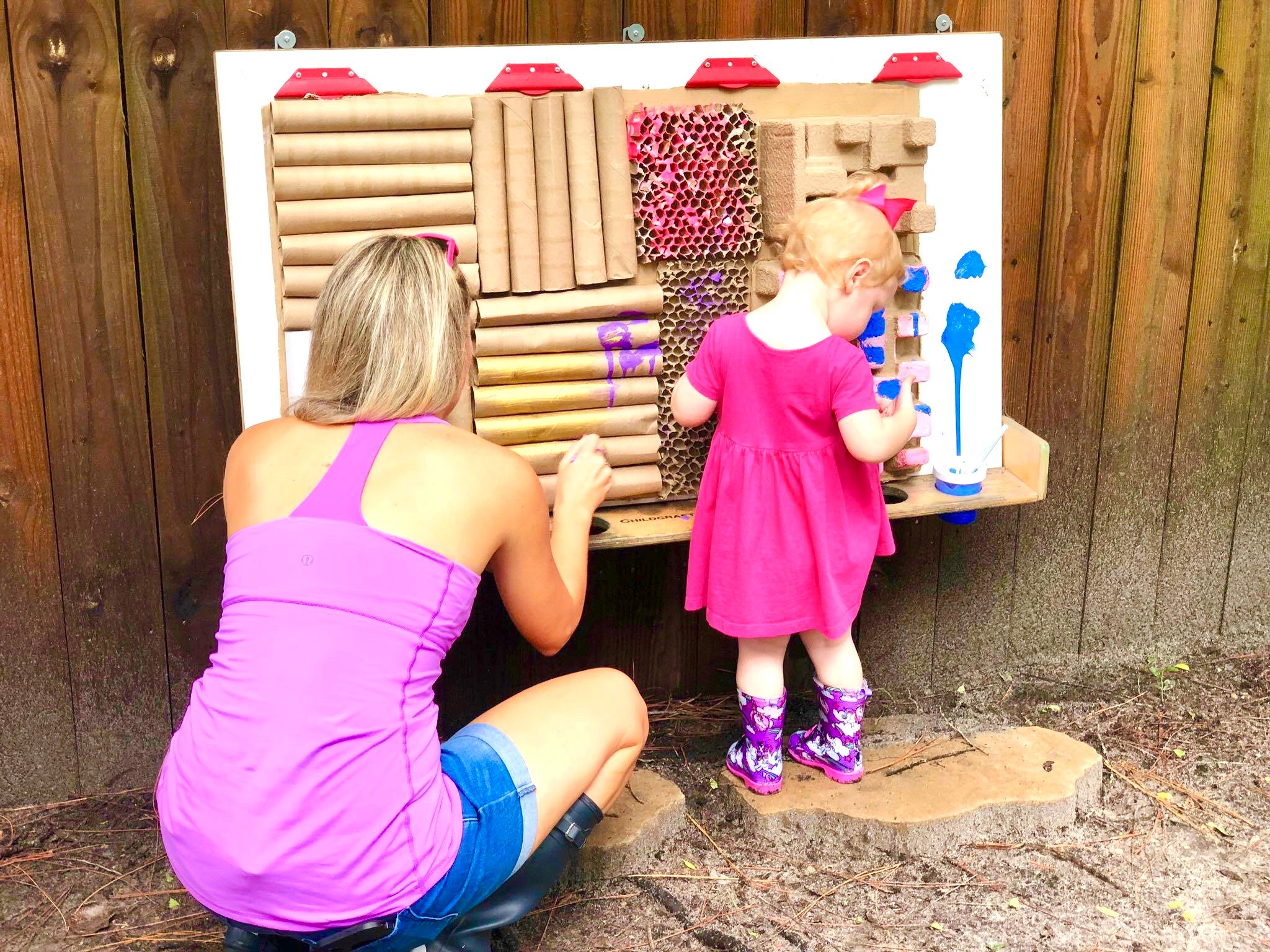
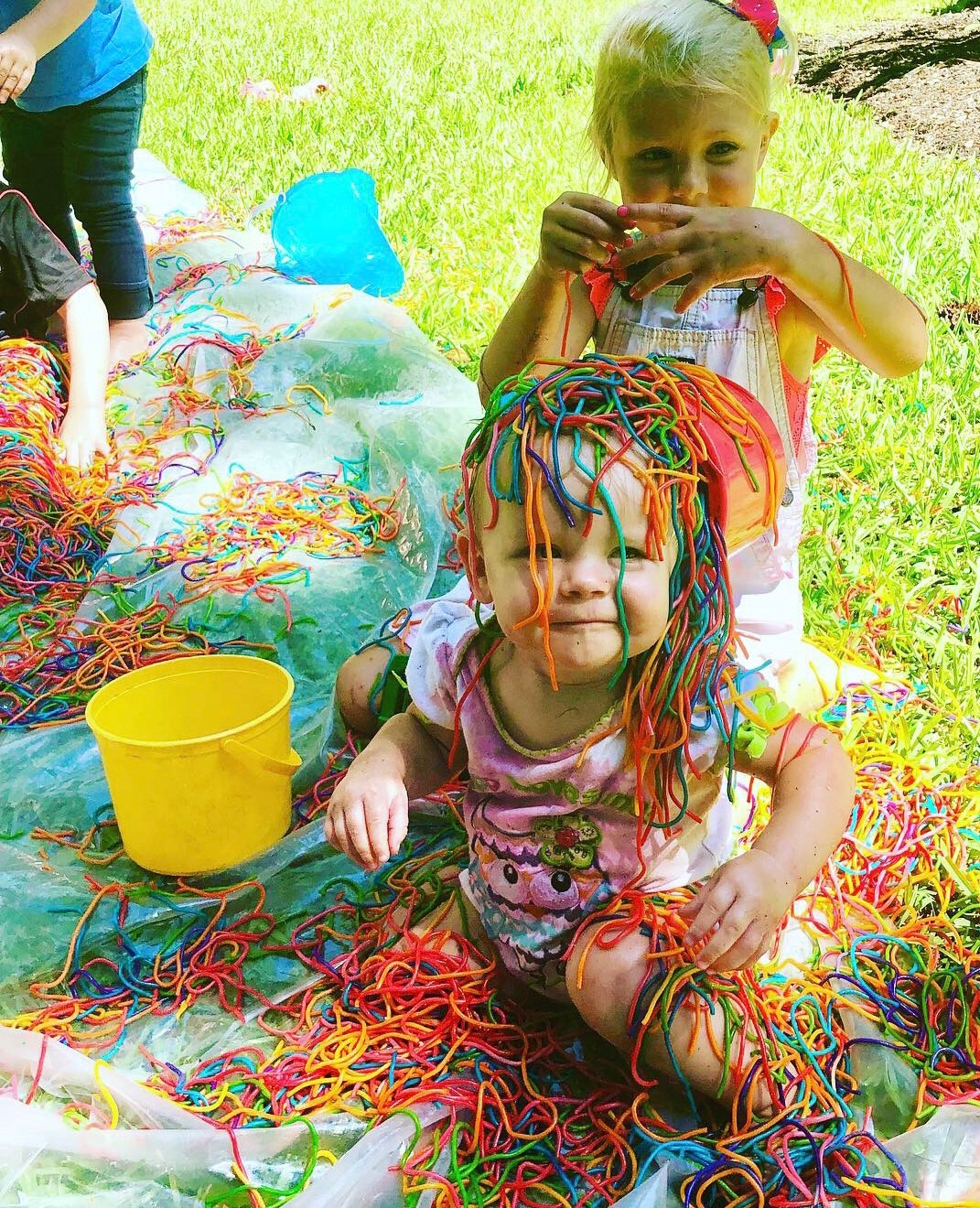
Image Credits
Rebecca H. LaRocco



